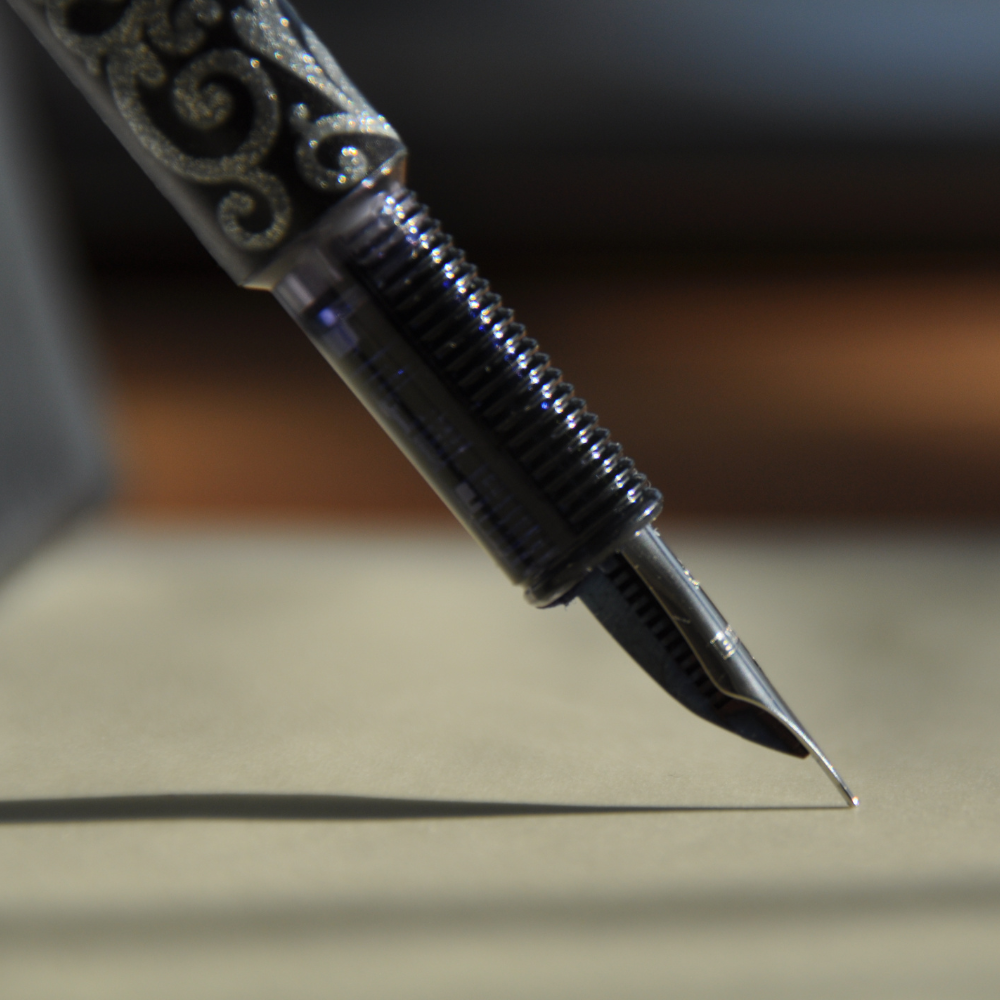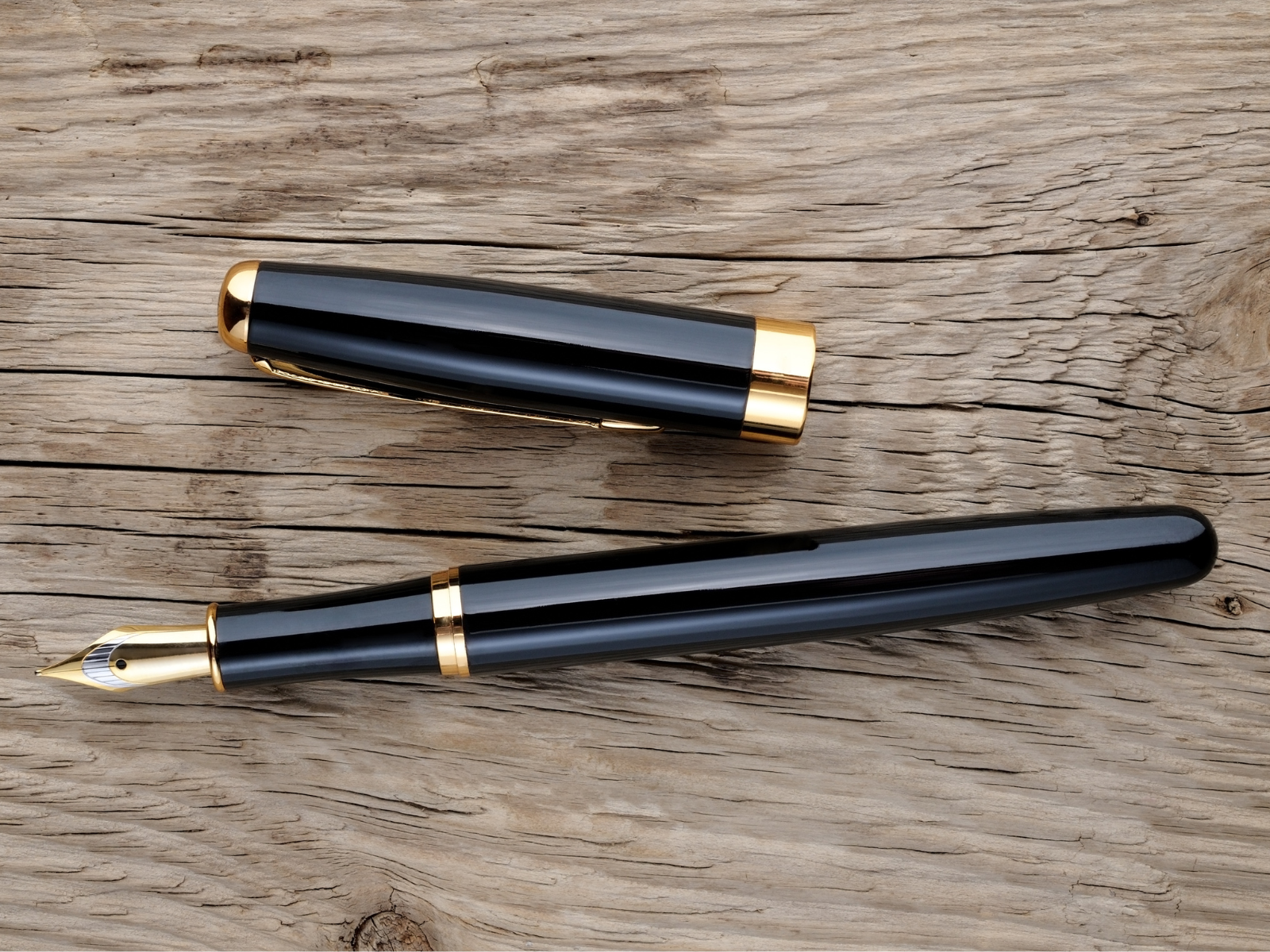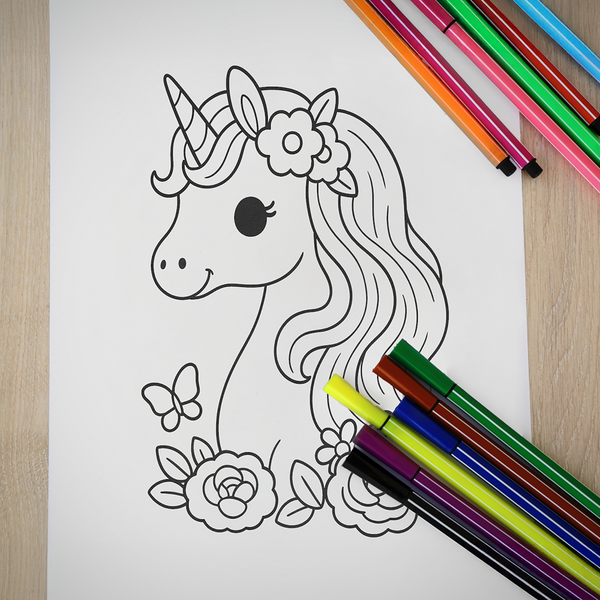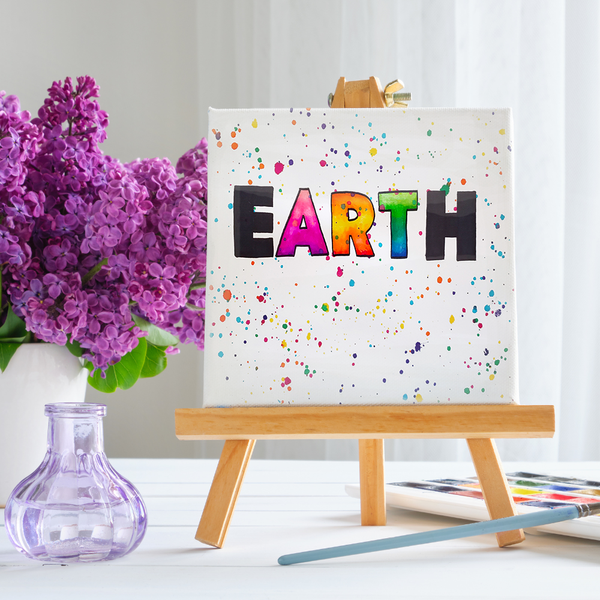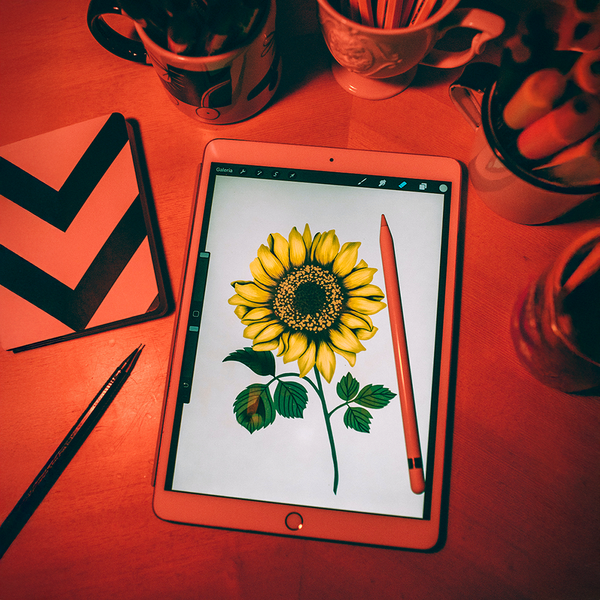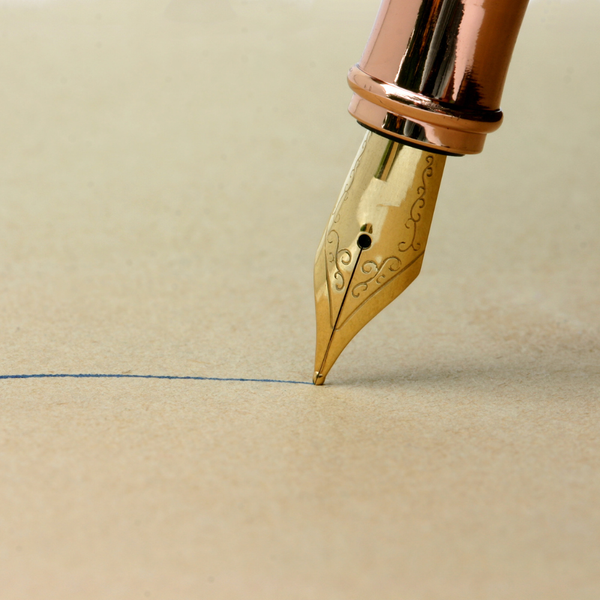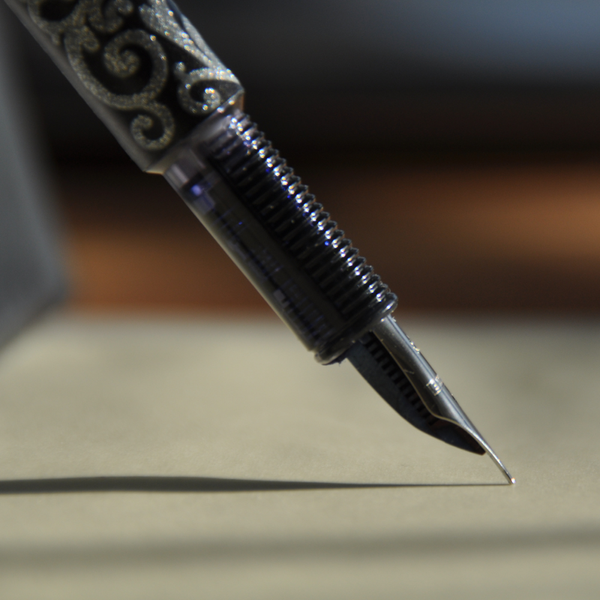In the age of smartphones and tablets, it's easy to forget the art of handwriting with a classic fountain pen.
This centuries-old tool has been used in classrooms and libraries all over the world as one of history’s most valuable instrument for writing and communication.
From personal letters and important documents to sketching and drawing, fountain pens were once a toolkit staple.
But why is it that these days, fewer people are using fountain pens?
While it's true that their classic beauty has yet to be matched or replaced by modern pens and pencils, why don't we often see people using these elegant tools anymore?
What happened to this once beloved writing implement that caused its decline in popularity?
We'll be taking an in-depth look at why fountain pens have fallen out of style, from changes in culture to new technologies replacing them— plus some potential ways they could make a comeback!
From the rise of ballpoints to new technology that can barely contain them, come on a journey with us as we explore why no one uses fountain pens these days!
Whether you're an artist, student or hobbyist – you won't want to miss what we uncover about this timeless art form.
So, ready your curiosity and join us on this nostalgic and enlightening journey; let's dive into the hidden depth of the inkwell and unearth the lost allure of the fountain pen!
You might just rediscover a classic that's been waiting to resurface!
Key Takeaways:
- Fountain pens have seen a decline in usage due to the convenience and affordability of modern writing instruments like ballpoint and gel pens.
- Despite the decline, there is a dedicated fountain pen community that appreciates the unique writing experience fountain pens offer.
- Understanding the reasons behind the shift from fountain pens to other writing instruments can shed light on broader changes in writing habits and preferences.
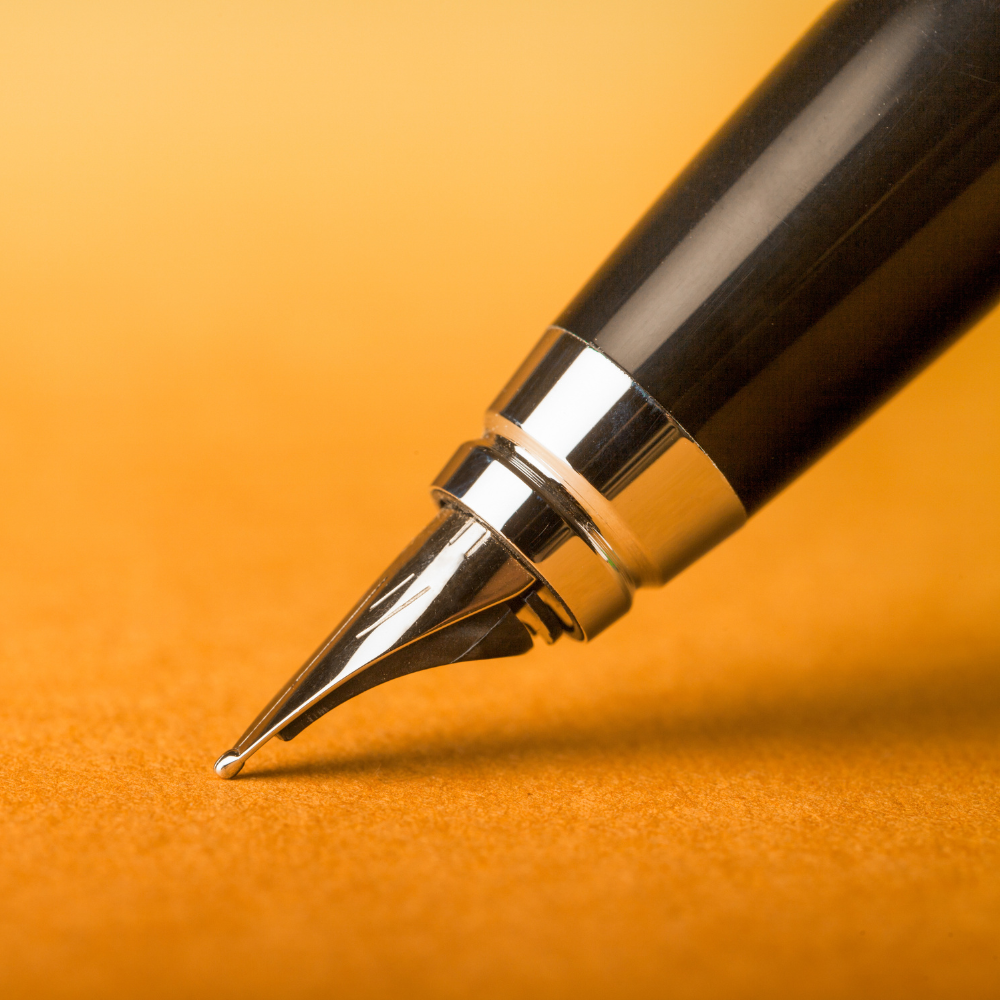
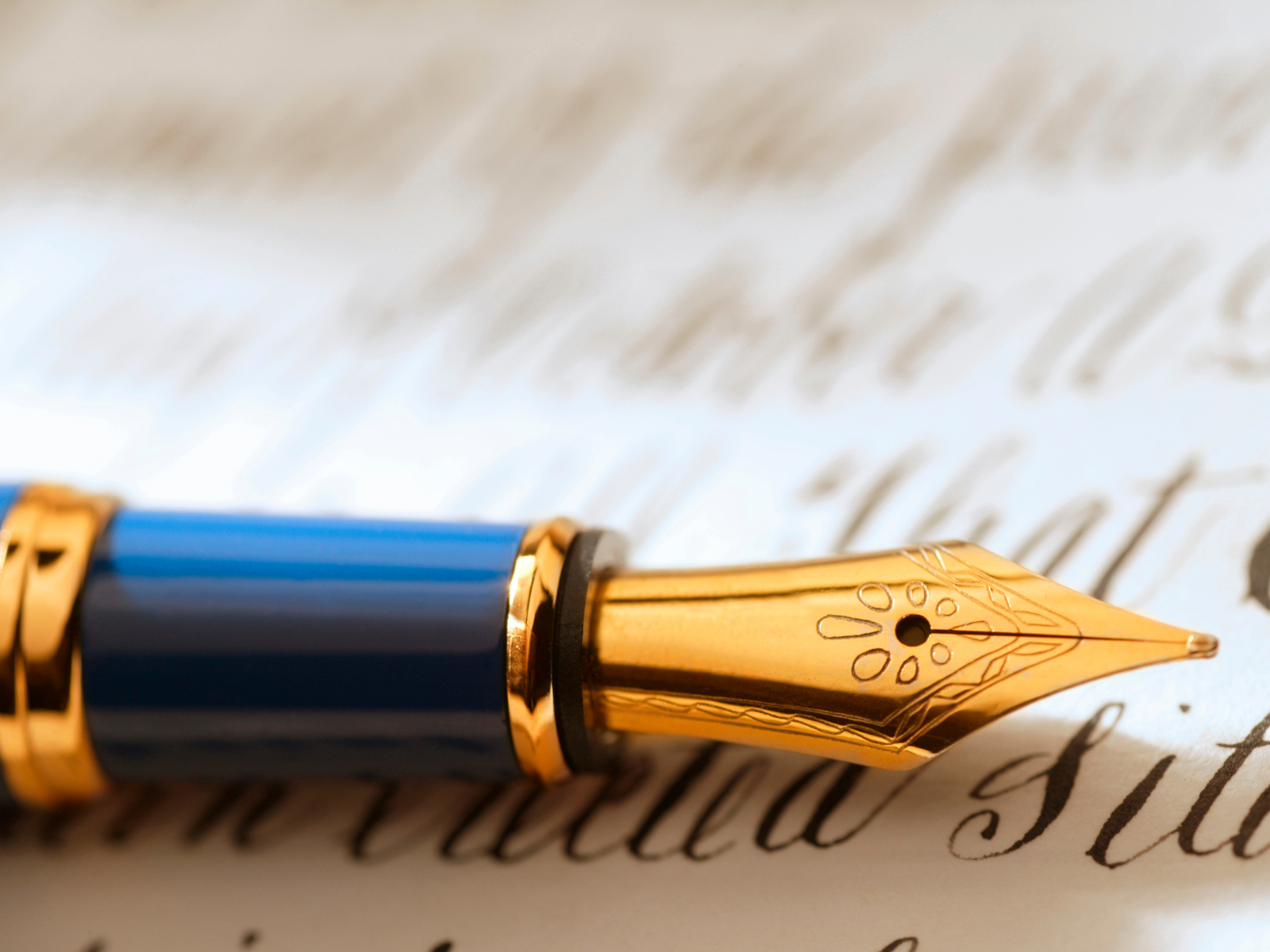
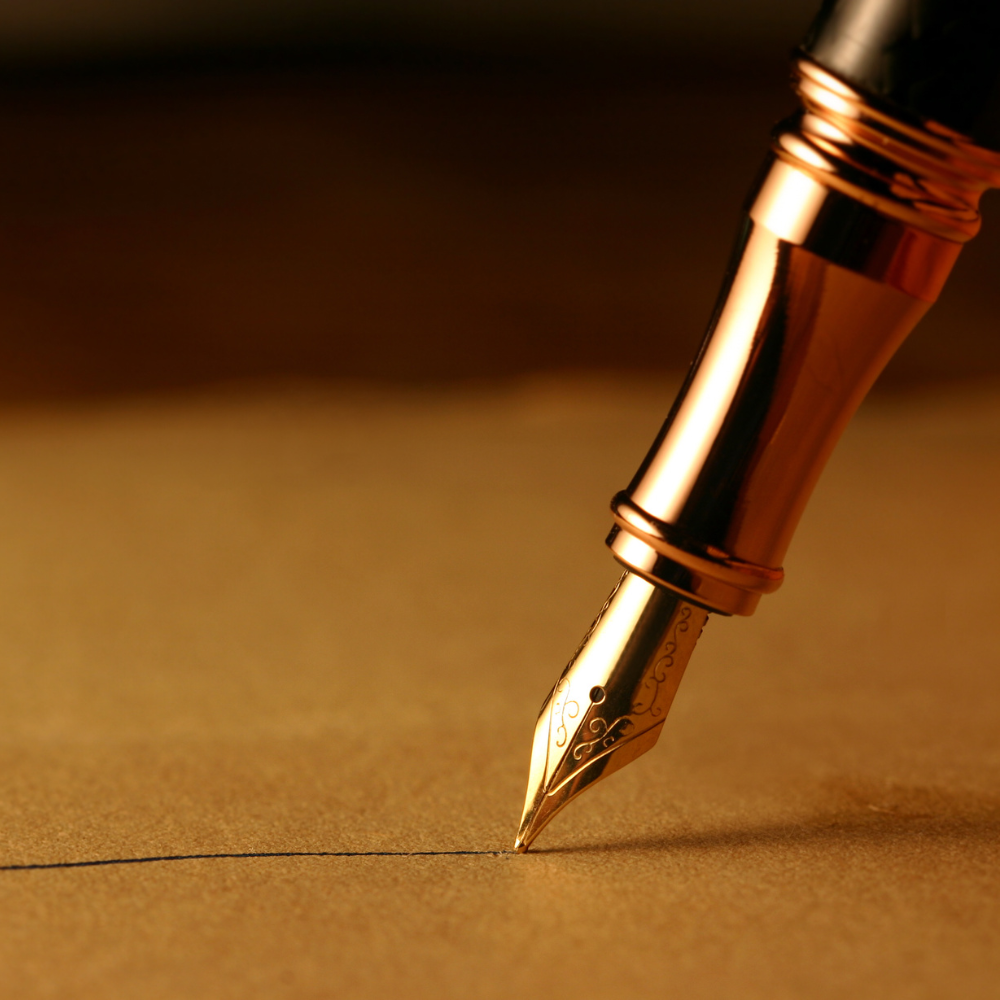
The Rise and Fall of the Fountain Pen
If you've ever used a fountain pen, you know the feeling of putting pen to paper and watching the ink flow effortlessly.
This unique sensation is part of what makes fountain pens so beloved by writers and artists alike.
They offer a smoothness and precision that can't be found in any other writing instrument.
Fountain pens, once the pinnacle of writing elegance, have seen a significant decline in usage in the modern world.
But as technology has advanced, the demand for faster, more convenient writing tools has grown.
From the advent of the first fountain pen to the rise of cheap, disposable writing instruments, the fountain pen has certainly seen its fair share of competition.
The rise of ballpoint pens in the 1940s and later, gel pens, marked a significant shift away from fountain pens.
These new options were cheaper to produce and offered quick-drying ink that didn't require constant refilling.
As a result, they became the preferred choice for everyday use.
However, despite the decline in popularity, there is a dedicated community of fountain pen enthusiasts who appreciate the unique experience and timeless beauty of using a fountain pen.
They remain loyal to this classic writing tool, even as others turn to more modern options.
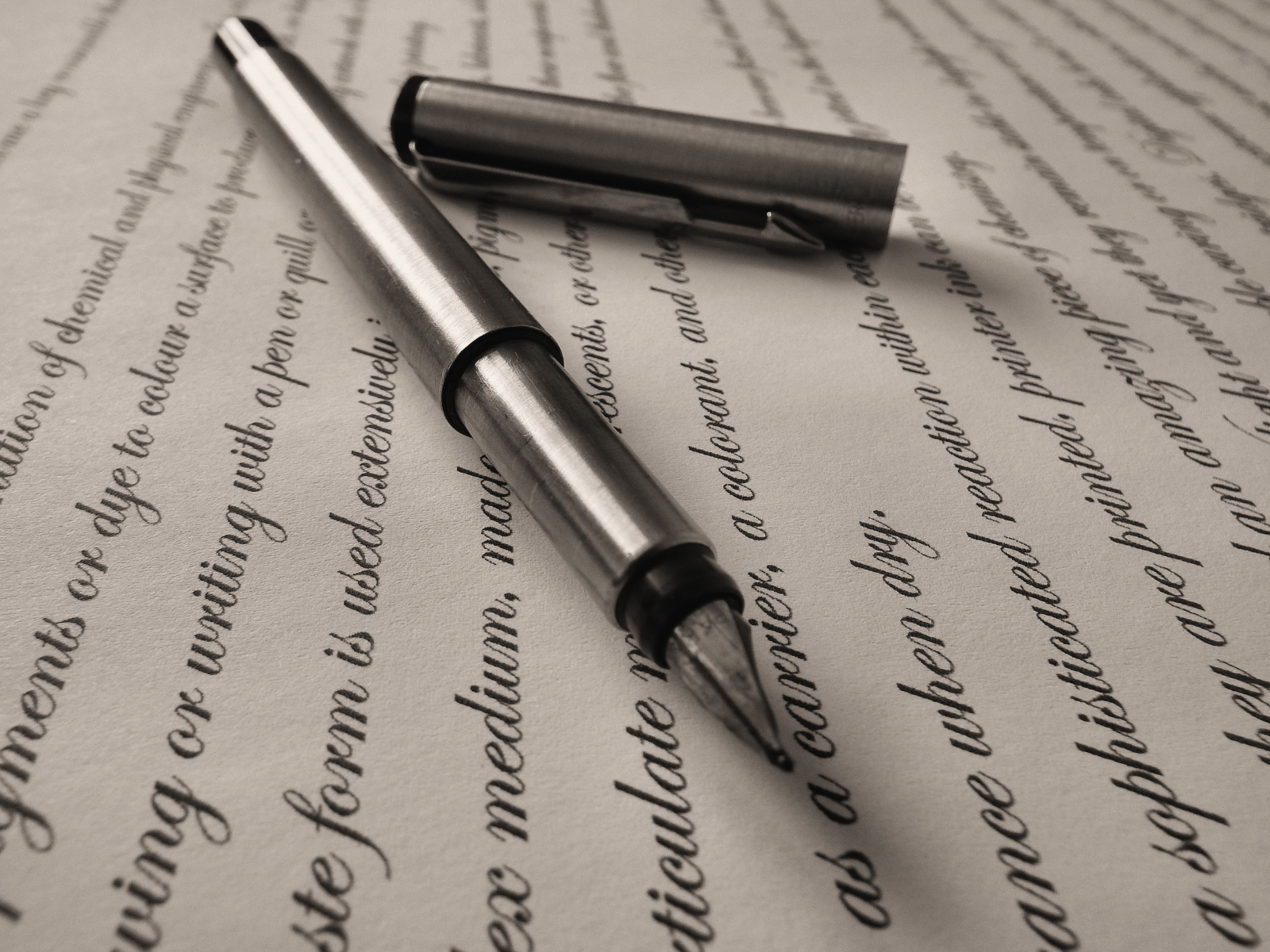
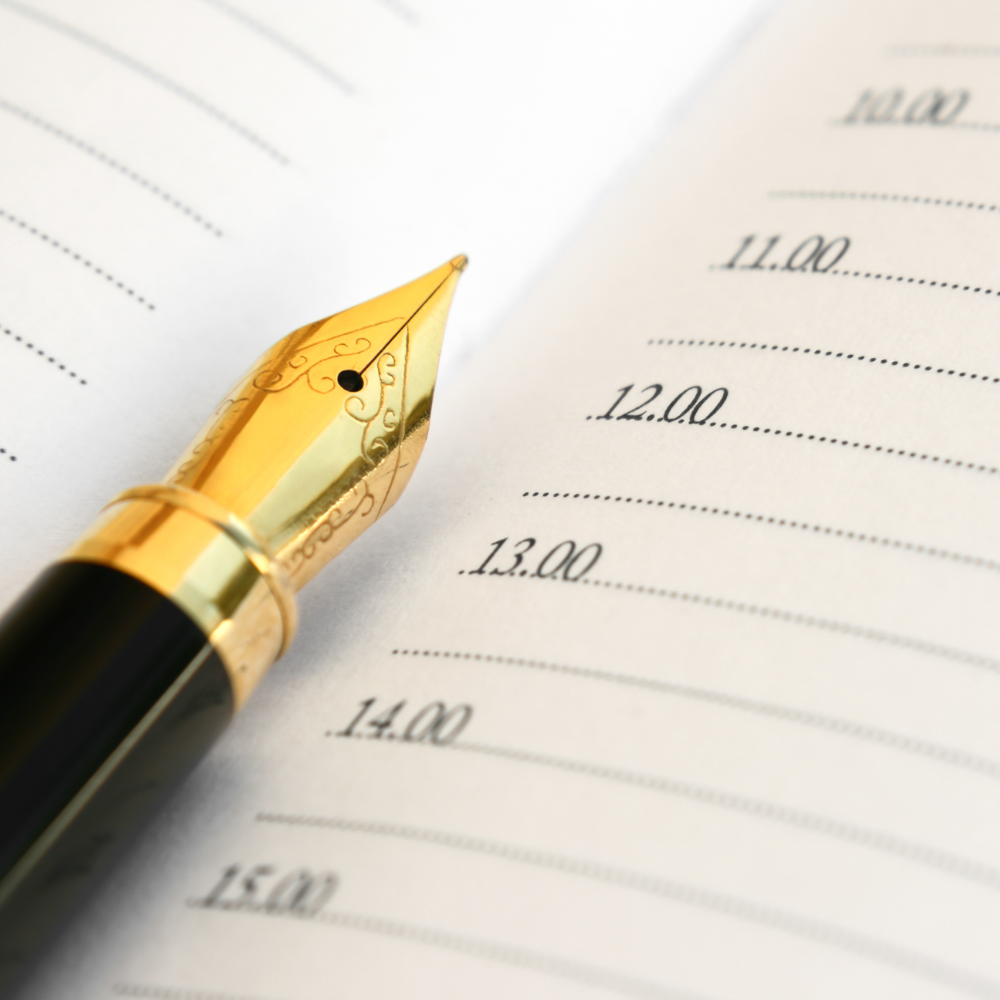
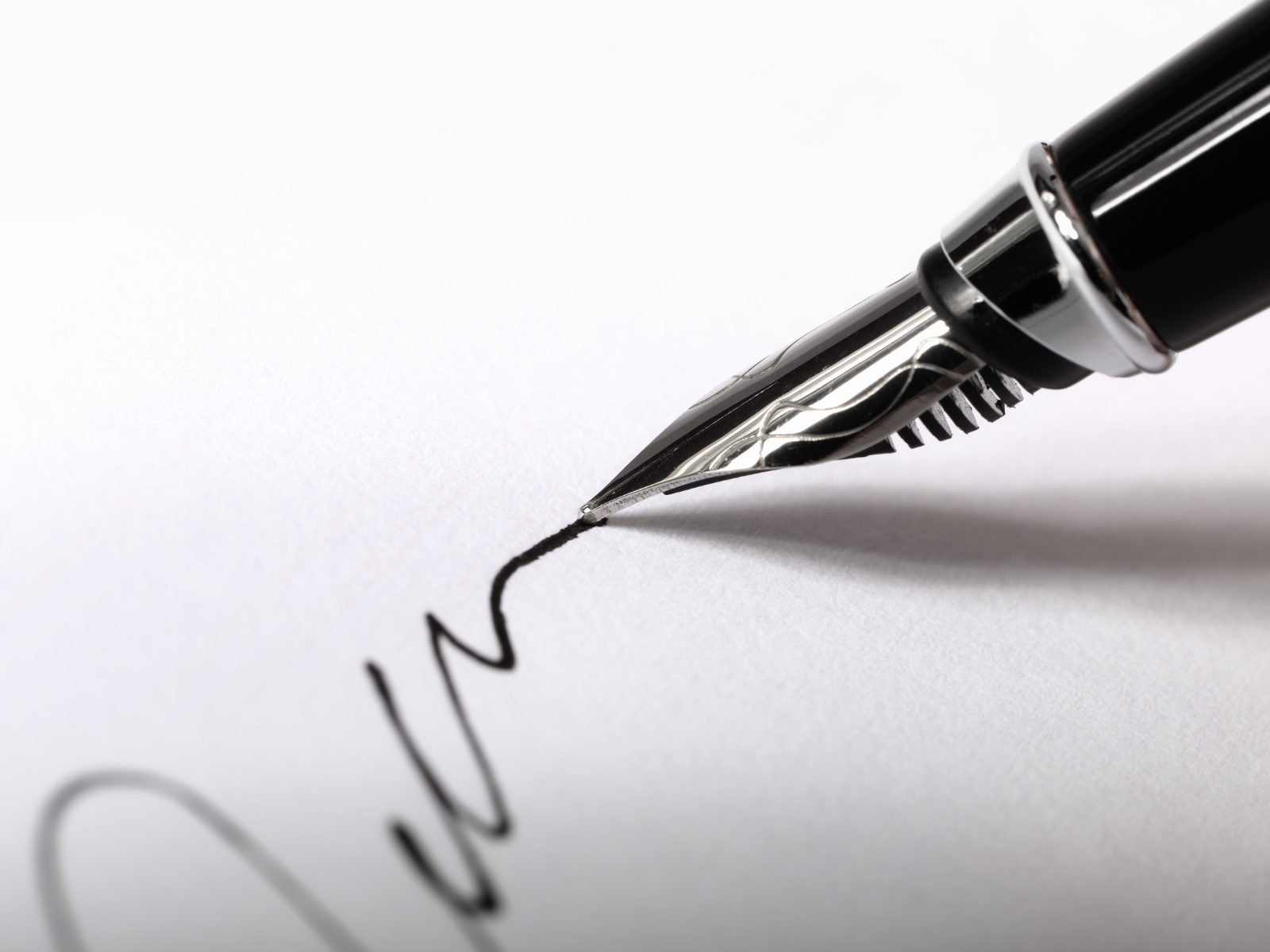
The Convenience and Practicality of Pens
Ballpoint pens and gel pens quickly became popular due to their ease of use and low maintenance.
Unlike fountain pens, which require regular cleaning and refilling with fountain pen ink, ballpoints and gel pens are ready to use at a moment's notice.
This convenience factor played a significant role in why no one uses fountain pens as widely as before.
In a fast-paced world, people often choose the fastest and most convenient option.
Modern fountain pens have evolved to be more practical than their predecessors, with innovations like cartridges and specialty nibs.
However, the practicality of other pens, such as rollerball pens and ballpoints, which require less maintenance and are less likely to spill ink, often outweighs the benefits of using a fountain pen.
The Writing Experience: Ballpoints vs. Fountain Pens
The writing experience with a fountain pen is markedly different from that of a ballpoint or gel pen.
Fountain pens require less pressure to write, which can reduce hand fatigue, but the smoothness of writing with ballpoints and the lack of maintenance make them a more practical choice for quick notes and everyday tasks.
On the other hand, fountain pens offer a unique writing experience that can't be replicated by any other pen.
The flexibility and precision of a fountain pen nib allow for more control over handwriting and provide a level of personalization that isn't possible with other pens.



Cost Factor: Cheap vs. High-Quality Pens
The cost of maintaining a good fountain pen can be prohibitive for many.
High quality fountain pens often come with a hefty price tag, and even cheap fountain pens can incur ongoing costs due to the need for special ink and maintenance.
In contrast, disposable ballpoint pens offer a cost-effective and hassle-free alternative.
Additionally, the rise of digital communication and writing has also contributed to a decrease in the demand for fountain pens.
As more people turn to typing and texting as their primary means of written communication, the need for a traditional writing tool like a fountain pen diminishes.
The Learning Curve of Fountain Pen Usage
One deterrent to fountain pen use is the learning curve associated with them.
New pens, especially fountain pens, require a certain technique to write smoothly.
Users must learn how to hold the pen correctly and apply the right amount of pressure, which can be daunting for some.
This learning curve, coupled with the maintenance and cost of a fountain pen, can discourage individuals from using them.
However, for those who persevere and learn how to use a fountain pen properly, the reward is a unique writing experience that can't be replicated by any other writing instrument.
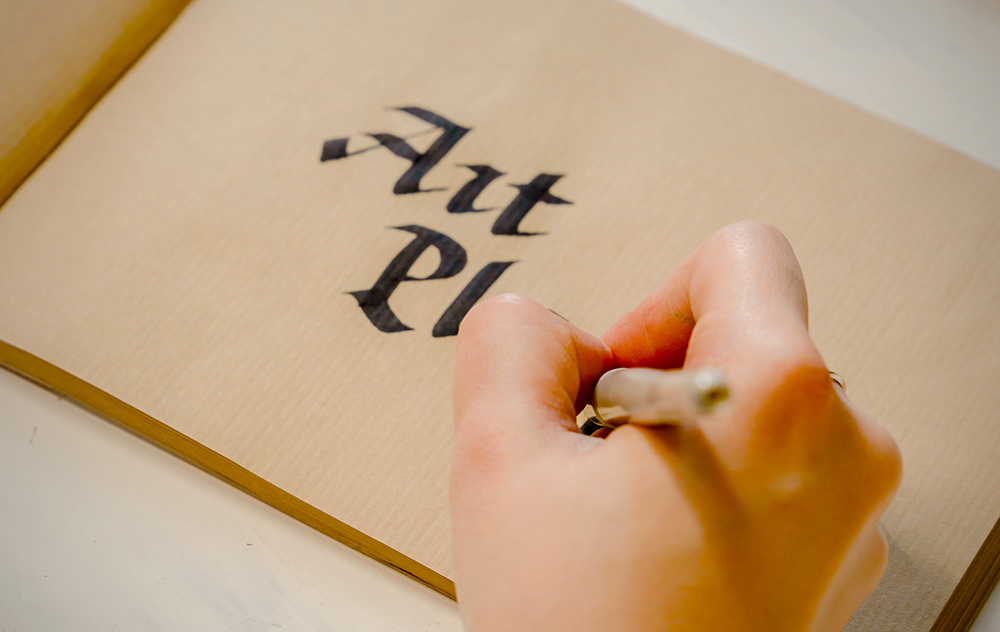
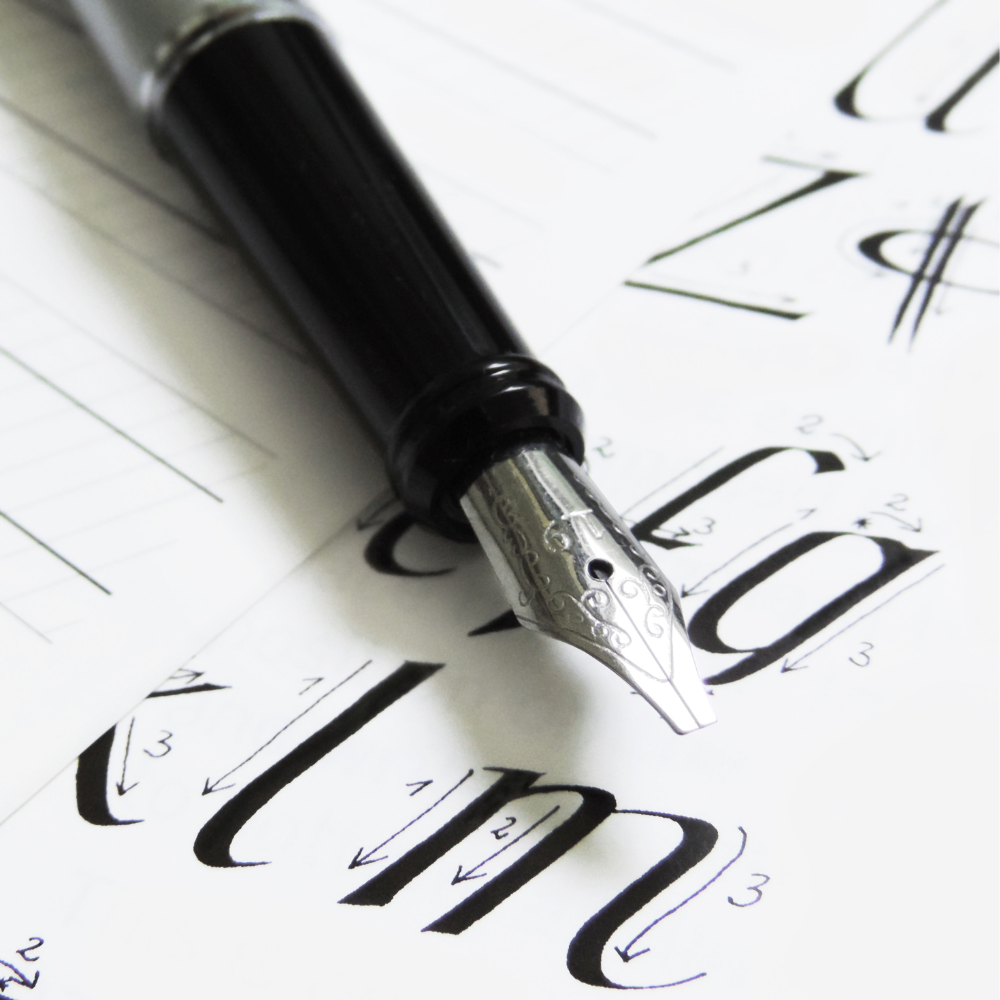
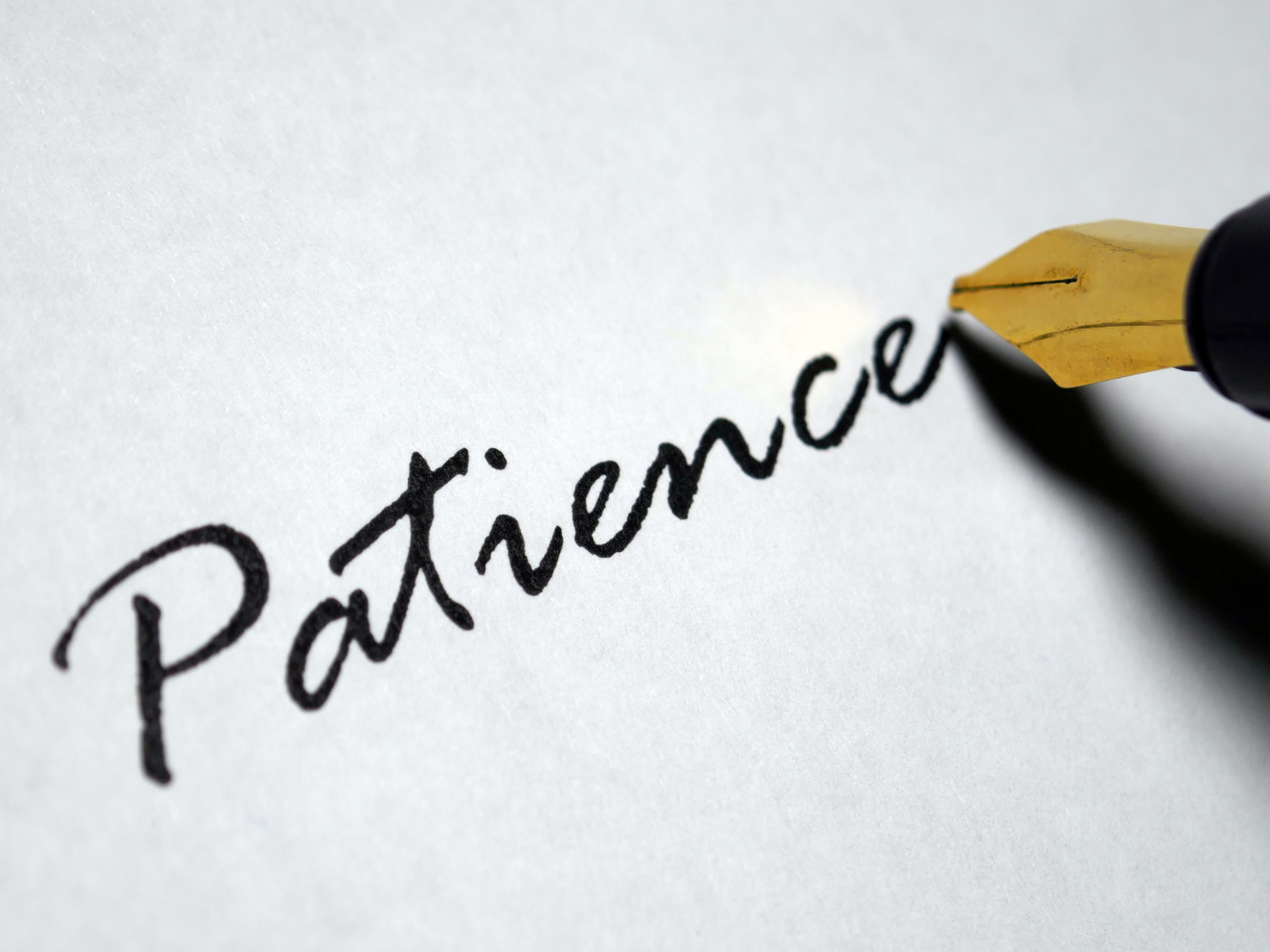
Cultural Shift and Evolution of Writing Habits
Writing habits have evolved over the years, with many people now preferring to type rather than write by hand.
Cultural shifts have played a role in the decline of fountain pen usage, reducing the need for traditional writing instruments like fountain pens, as well as pencils and other pens.
The decline in fountain pen usage also reflects broader changes in writing habits and preferences.
With the rise of technology, we have become increasingly reliant on digital media rather than handwriting.
Technology has had a profound impact on pen usage; with the ability to take notes and write documents on computers and smartphones, the need for traditional writing instruments has diminished, further contributing to why no one uses fountain pens as frequently.
From email to social media, we can now communicate instantly with anyone around the world, making traditional forms of writing seem obsolete.
As society moves towards a more digital-centric approach to communication, the art of handwriting has become less valued, and with it, the use of fountain pens.

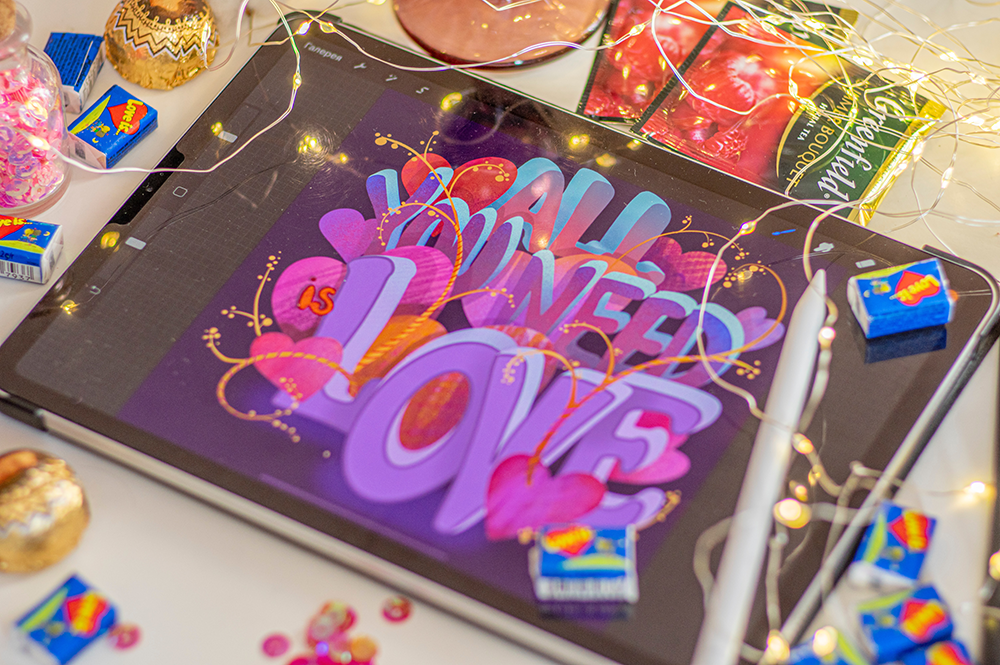

The Aesthetic Appeal of Fountain Pens
Fountain pens are often seen as a beautiful pen choice, with their elegant design and the potential for customization with different ink colors and nib types.
However, the aesthetic appeal alone is not enough to convince the majority of people to use fountain pens for everyday use.
They may be seen as more of a luxury item, with their high price and specialized use.
Ergonomics of Writing Instruments
When considering the ergonomics of writing instruments, the fountain pen user often experiences a more comfortable writing session compared to those wielding a ballpoint pen.
Fountain pens require less pressure to write, thanks to capillary action that draws the ink onto the paper.
This means that the user can write smoothly without exerting too much pressure, reducing hand fatigue and making it ideal for longer writing tasks.
The design of the fountain pen nib, combined with the capillary action of the ink, means that only minimal pressure is needed, allowing the pen to glide across the paper effortlessly.
The design of fountain pens, often with a medium nib or fine nib, is crafted to fit comfortably in the hand, further enhancing the ergonomic benefits.
In contrast, ball point pens, including cheap Chinese pens and rollerball pen varieties, often necessitate a firmer grip and more pressure to ensure the ink is transferred to the paper.
This can lead to discomfort over time, especially for those who enjoy writing for extended periods.
While rollerball pens do offer a smoother experience than traditional ballpoints due to their liquid ink, they still cannot match the effortless glide of a fountain pen with a well-tuned ef nib or a broader option like the Kaweco Sport's medium nib.
However, the ergonomic benefits of fountain pens are not universally experienced.
For those accustomed to the firmer grip required for ball points, the transition to the lighter touch needed for fountain pen use can be challenging.
The balance and weight of a fountain pen are also critical factors; a well-designed fountain pen can feel like an extension of the hand, while a poorly balanced one can lead to discomfort.
As such, finding the right fountain pen is a personal journey, one that can significantly enhance the writing experience when the ideal match is found.
The Role of Education in Fountain Pen Decline
The role of education in the decline of fountain pen usage cannot be overlooked.
As schools increasingly focus on digital literacy, the emphasis on handwriting and, by extension, the use of fountain pens, has decreased.
Many students now use laptops and tablets to take notes, eliminating the need for a traditional pen and paper altogether.
This shift in education has undoubtedly impacted the demand for fountain pens among younger generations.
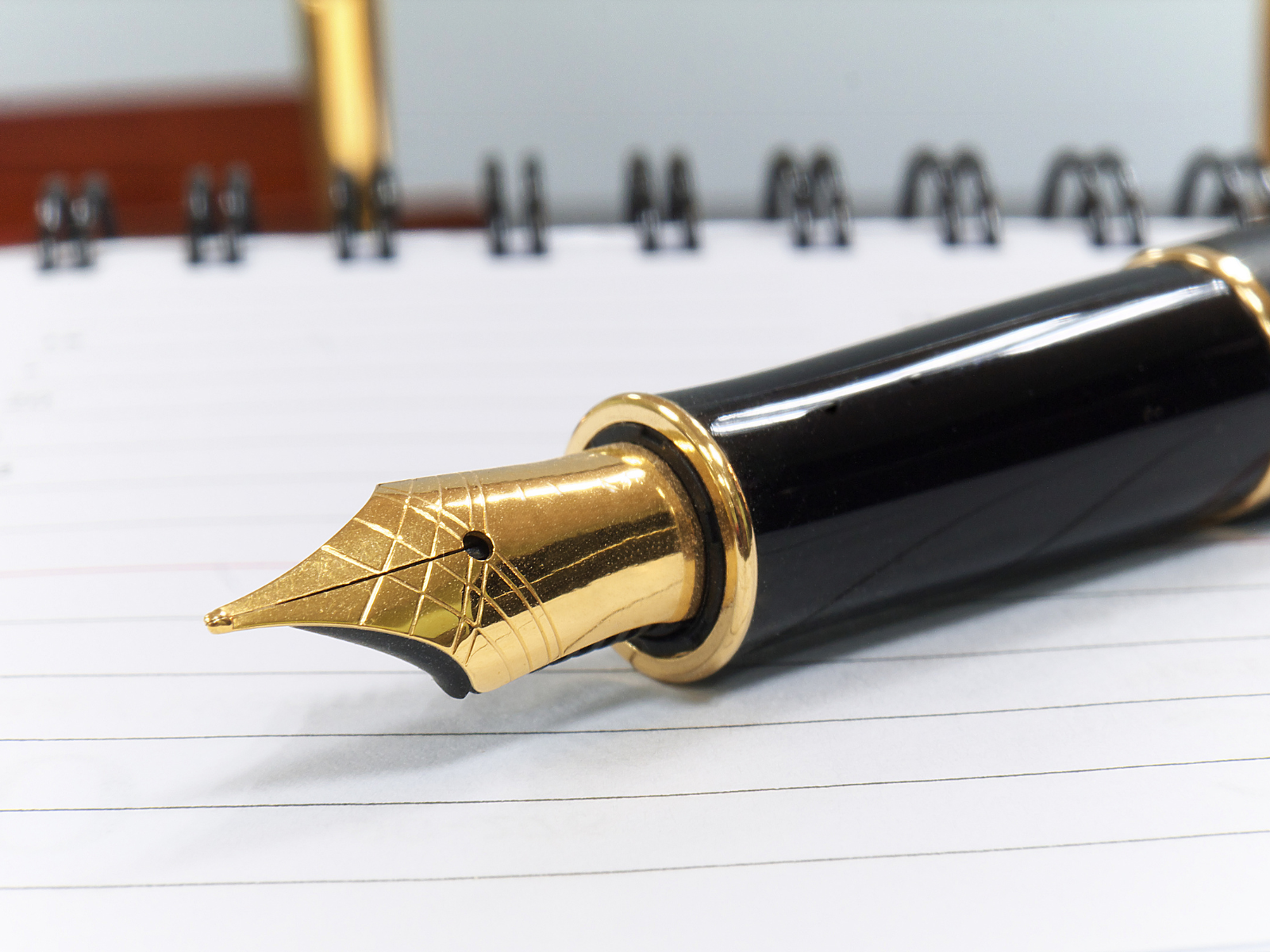
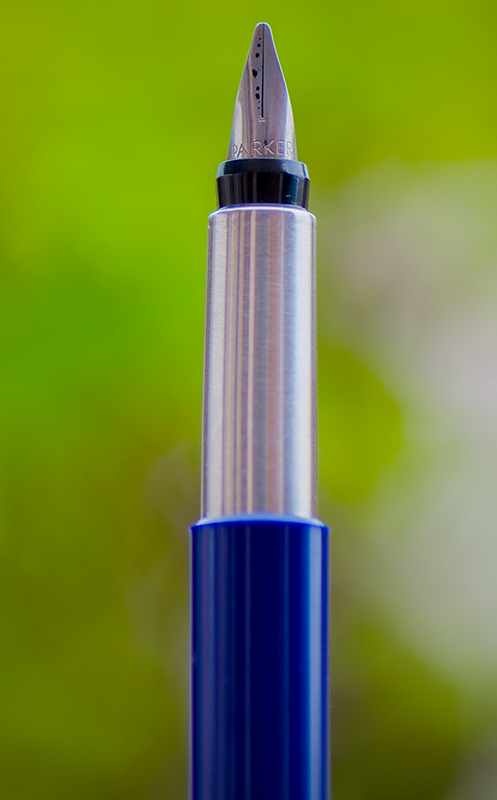
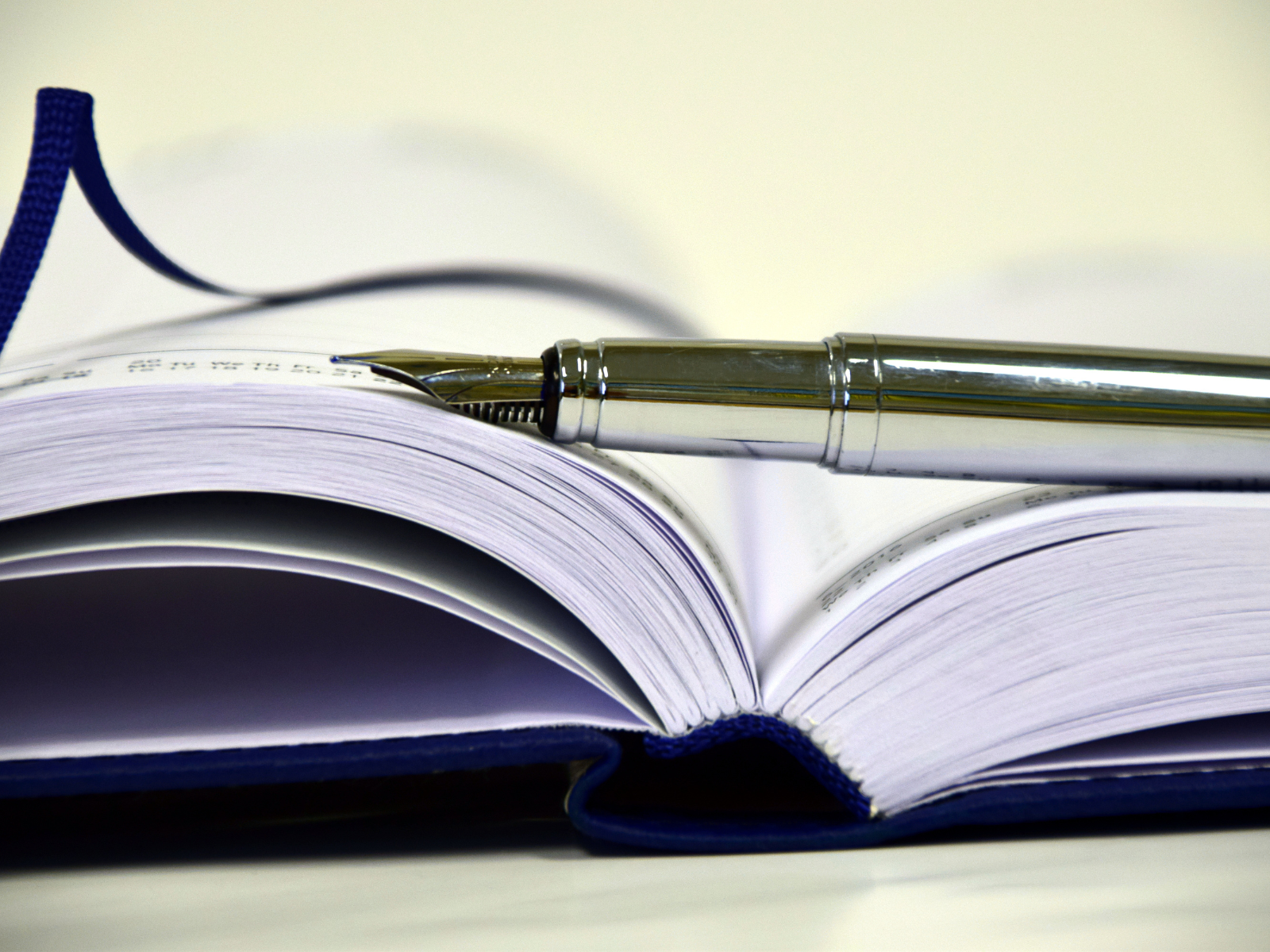
The Versatility of Fountain Pen Ink
Fountain pen ink is available in a wide range of colors and properties, offering a level of versatility that is unmatched by other pens.
However, the need to refill and the potential for messes can deter people from choosing fountain pens over more convenient options.
Additionally, the use of fountain pen ink is limited to paper, making it less versatile than digital writing options.
Impact of Cheap Paper on Fountain Pen Writing
The quality of paper can greatly affect the writing experience with a fountain pen.
Cheap paper can cause issues like feathering and bleed-through, which can be frustrating for fountain pen users and push them towards using other pens that perform better on lower-quality paper.
High-quality paper designed for fountain pens is often more expensive and can further add to the cost of using a fountain pen.
The Specialized Use of Fountain Pens
Fountain pens are often reserved for specialized use, such as calligraphy and lettering or signing important documents
While they excel in these areas, the specialized nature of fountain pen use limits their appeal for more general writing tasks.
They may not be seen as practical for everyday use, with their specialized ink and maintenance requirements.
As such, many people opt for more versatile writing instruments like ballpoints or gel pens that can handle a variety of tasks.
The Status Symbol of High-End Fountain Pens
High-end fountain pens can serve as a status symbol, reflecting a sense of sophistication and style.
Yet, for the average person, the status associated with a beautiful pen like the Waterman Hemisphere is not a compelling enough reason to switch from more practical writing instruments.
The rise of luxury pens as status symbols has also played a role in the decline of fountain pen use, further cementing their place as a niche writing tool.
The Durability and Longevity of Fountain Pens
Fountain pens are known for their durability and can last a lifetime with proper care.
However, the appeal of a long-lasting writing instrument is often overshadowed by the convenience of disposable pens that can be easily replaced.
This disposability also contributes to the overuse of plastic and waste in our society.
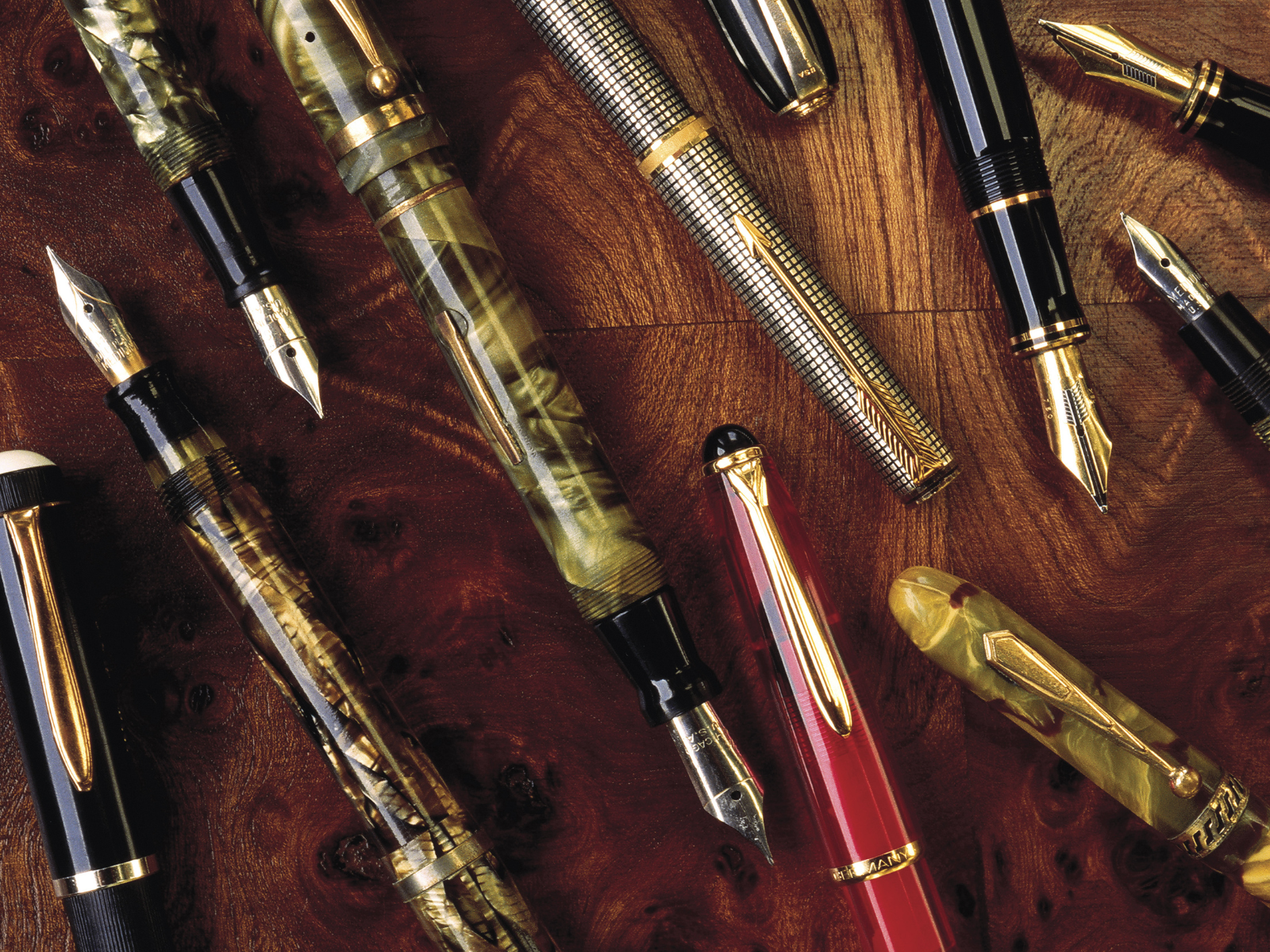
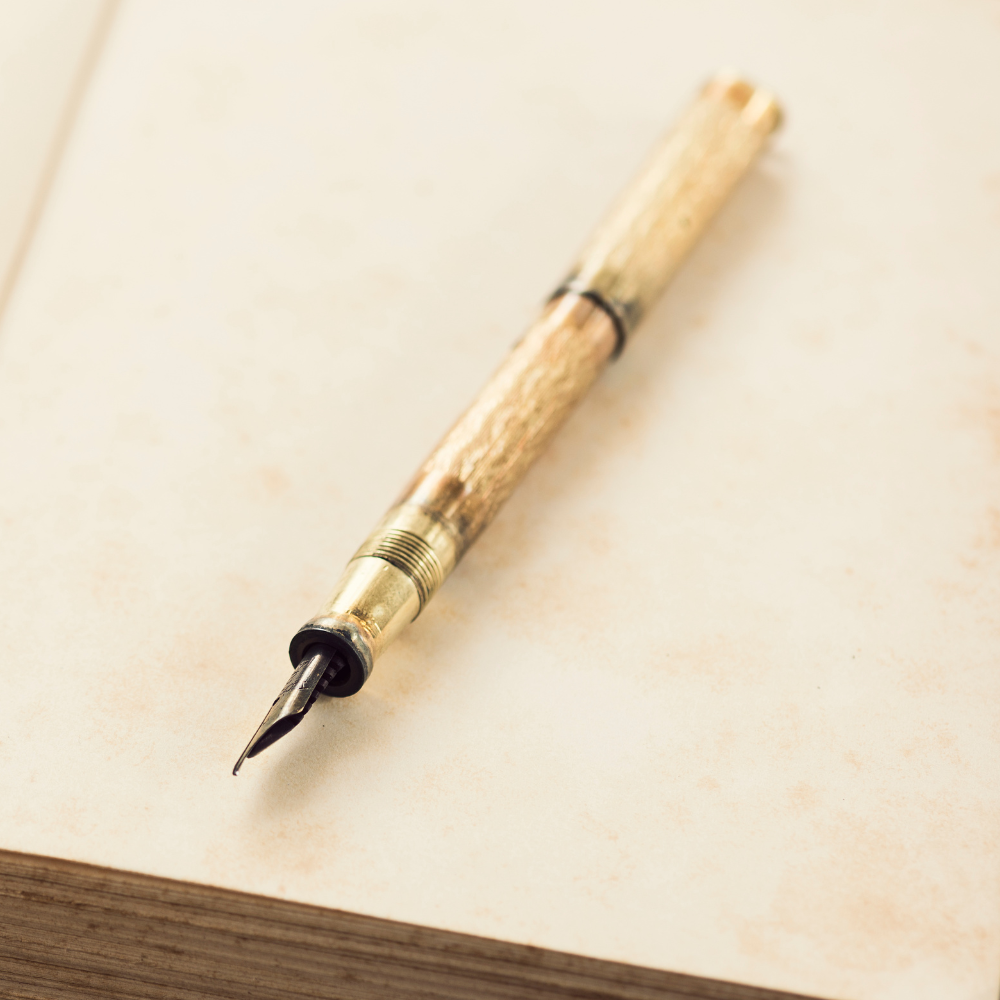
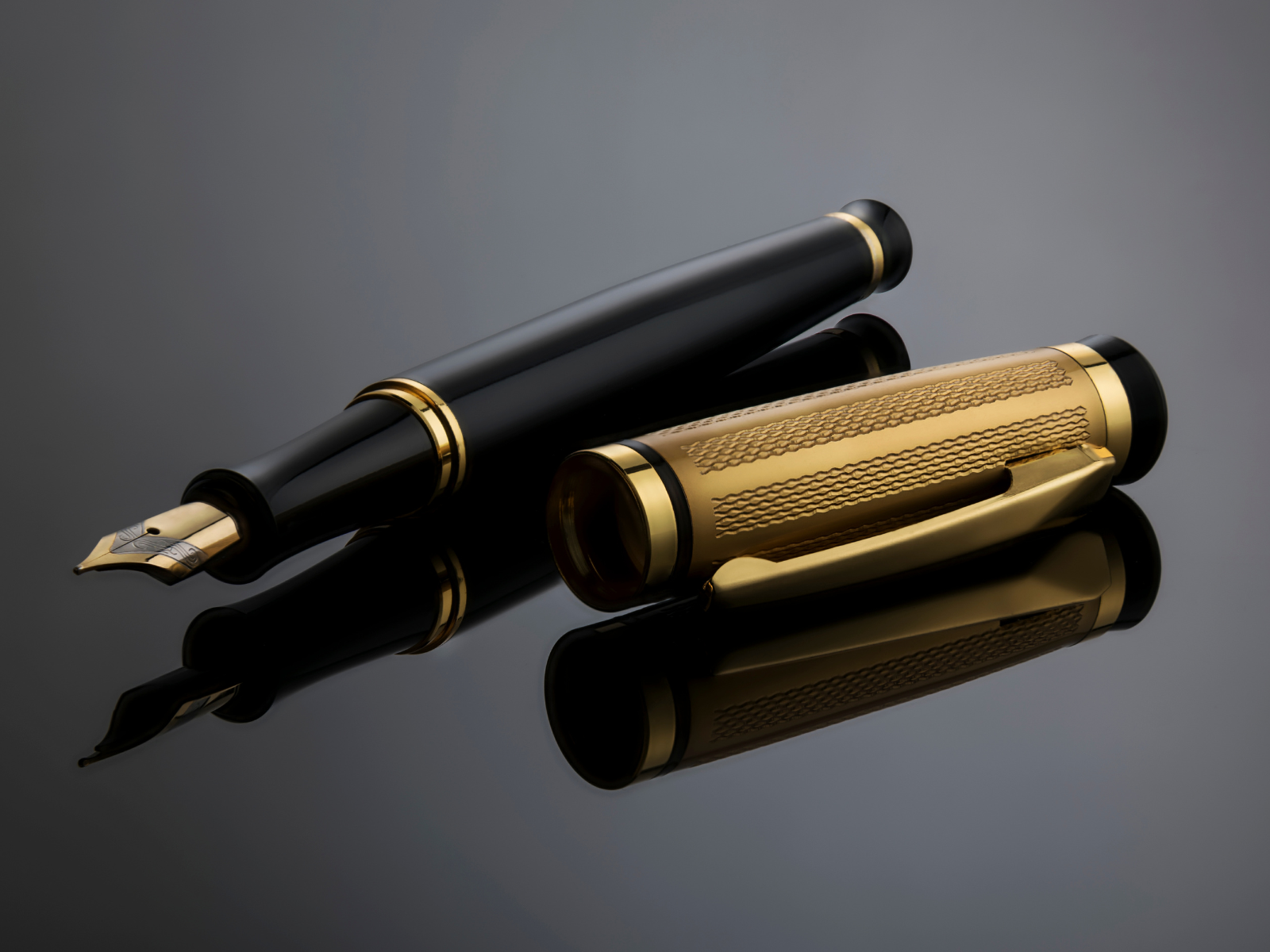
The Environmental Impact of Disposable Pens
While disposable pens are often criticized for their environmental impact, fountain pens are seen as a more eco-friendly option.
However, the convenience of disposable ballpoint pens often trumps the environmental benefits of using a fountain pen for many consumers.
Despite the prevalence of disposable pens, fountain pens offer an eco-friendly alternative that is often overlooked.
Unlike their disposable counterparts, fountain pens are designed to last for years, if not decades. This longevity significantly reduces the waste associated with pen usage.
A single fountain pen can be refilled with ink countless times, eliminating the need for plastic cartridges and the environmental toll of manufacturing new pens.
By choosing a fountain pen, users are making a conscious decision to minimize their ecological footprint, aligning with a more sustainable approach to writing tools.
Moreover, the ink used in fountain pens can also be more eco-friendly.
Many fountain pen enthusiasts opt for inks that are free from harmful solvents and chemicals, further reducing their environmental impact.
The ability to select from a variety of inks allows users to customize their writing experience while being mindful of the planet.
As society becomes more environmentally conscious, the eco-friendly nature of fountain pens could play a pivotal role in their resurgence, appealing to those who prioritize sustainability in their purchasing decisions.
The Eco-Friendly Manufacturing of Fountain Pens
The production process of fountain pens can be surprisingly eco-friendly, especially when compared to their disposable counterparts.
Manufacturers of high-quality fountain pens often prioritize sustainability, using durable materials like metal, glass, or even biodegradable plastics.
These materials not only extend the life of the pen but also reduce waste. In contrast, the mass production of disposable pens typically involves the use of non-renewable petroleum-based plastics, which contribute to environmental degradation.
By choosing a fountain pen, consumers are often supporting more sustainable manufacturing practices and reducing their carbon footprint.
Moreover, the refillable nature of fountain pens means that they generate less waste over time.
A single fountain pen can last for decades, if not a lifetime, with proper care.
This stands in stark contrast to disposable pens, which are often used until they run out of ink and then discarded.
The longevity of fountain pens not only conserves resources but also lessens the burden on landfills.
As consumers become more eco-conscious, the appeal of a writing instrument that embodies the principles of reduce, reuse, and recycle becomes increasingly significant.
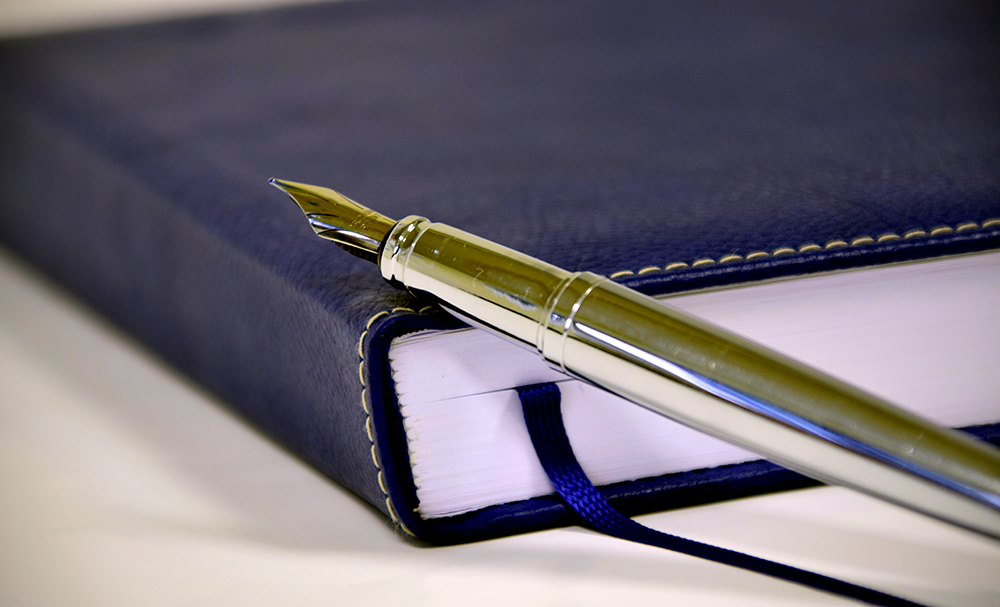
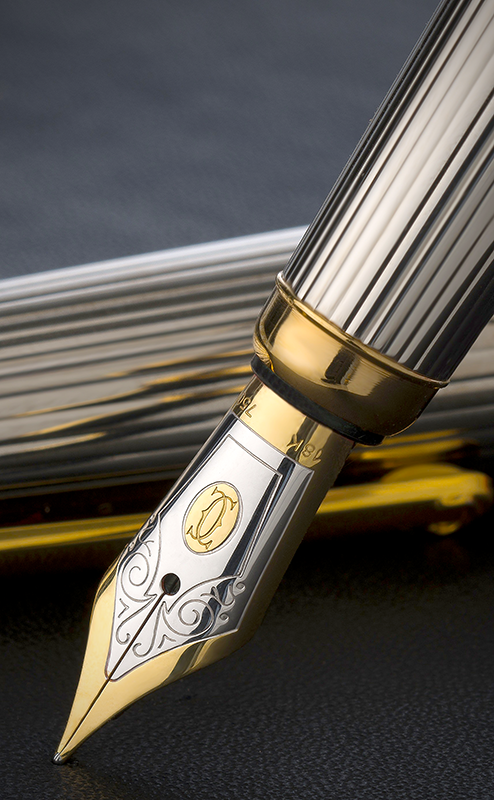
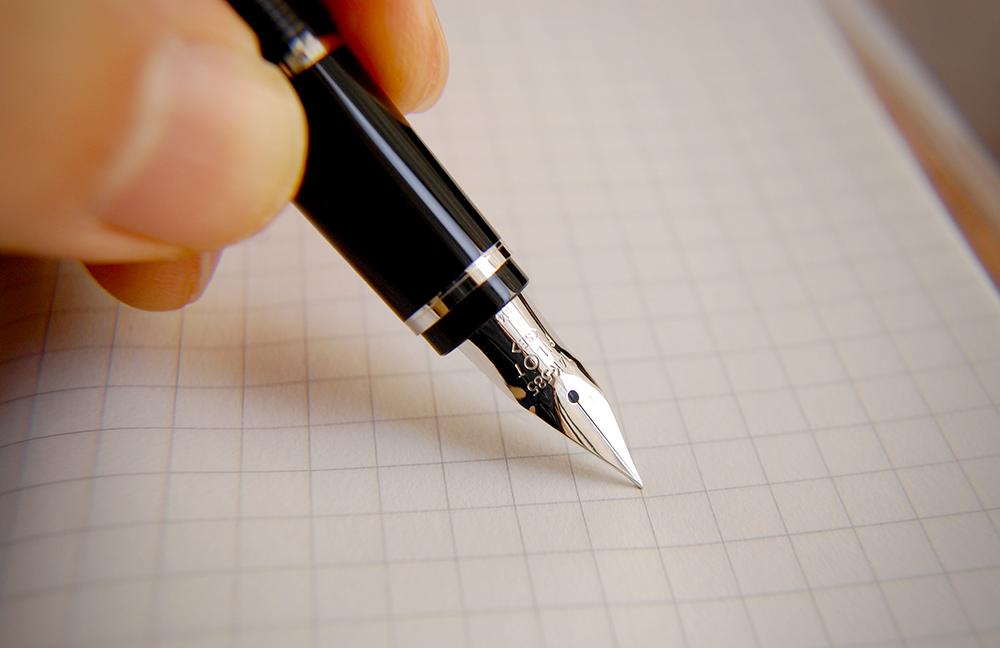
The Biodegradability of Fountain Pen Inks
Fountain pen inks present an eco-friendly advantage that is often overlooked.
Many fountain pen inks are water-based and contain natural dyes, which are less harmful to the environment than the solvent-based inks used in some ballpoint and gel pens.
The biodegradability of these inks means that they break down more easily in the environment, reducing the potential for pollution.
Additionally, the packaging of fountain pen inks is typically more environmentally conscious, with glass bottles and minimal plastic, further contributing to their eco-friendly credentials.
In contrast to the single-use cartridges of many modern writing instruments, fountain pen users have the option to use bottled inks, which significantly reduces plastic waste.
The ability to refill from a bottle not only minimizes packaging waste but also allows for a more sustainable approach to writing.
Furthermore, the variety of inks available to fountain pen enthusiasts encourages the use of non-toxic and eco-friendly options, aligning with the growing demand for products that support a healthier planet.
The Resilience of Fountain Pens in a Disposable Culture
In a world where single-use items are the norm, fountain pens stand out as a testament to durability and quality.
The construction of a fountain pen, often made from robust materials like metal, resin, or even celluloid, contrasts sharply with the flimsy plastic build of many disposable pens.
This resilience not only makes fountain pens a more sustainable choice but also a more economical one over time.
While the initial investment may be higher, the cost-per-use decreases significantly as the pen endures through years of service.
The eco-friendly aspect of fountain pens is further highlighted by their repair-ability.
Unlike disposable pens that are tossed away at the first sign of malfunction, many fountain pens can be serviced and repaired, extending their lifespan even further.
This repair-ability is not only eco-friendly but also adds to the personal value of the pen, as it becomes a cherished tool that accompanies its owner through various stages of life.
In an era of disposable culture, the enduring nature of fountain pens offers a meaningful alternative that resonates with eco-conscious individuals.
The Sustainability of Writing Tools: Eco-Friendly Choices
In an age where eco-friendly choices are increasingly important, the sustainability of writing tools is a significant consideration.
Fountain pens, when maintained properly, can last for decades, reducing the need for disposable pens that contribute to landfill waste.
The ability to refill fountain pens with ink from a bottle diminishes the environmental impact further, as opposed to the single-use cartridges that ball points often rely on.
This aspect of fp use appeals to those conscious of their ecological footprint and looking for ways to minimize waste.
Conversely, the production of fountain pens and their inks can still have environmental implications.
The materials used in high-end fountain pens, such as precious metals and plastics, require resource-intensive processes.
However, there are eco-friendly fountain pen options available, made from sustainable materials and designed to last a lifetime.
These options provide a responsible choice for consumers who prioritize both writing smoothly and making environmentally conscious decisions.
As the market for sustainable goods grows, the fountain pen could see a resurgence among eco-aware writers seeking a durable and elegant writing tool.
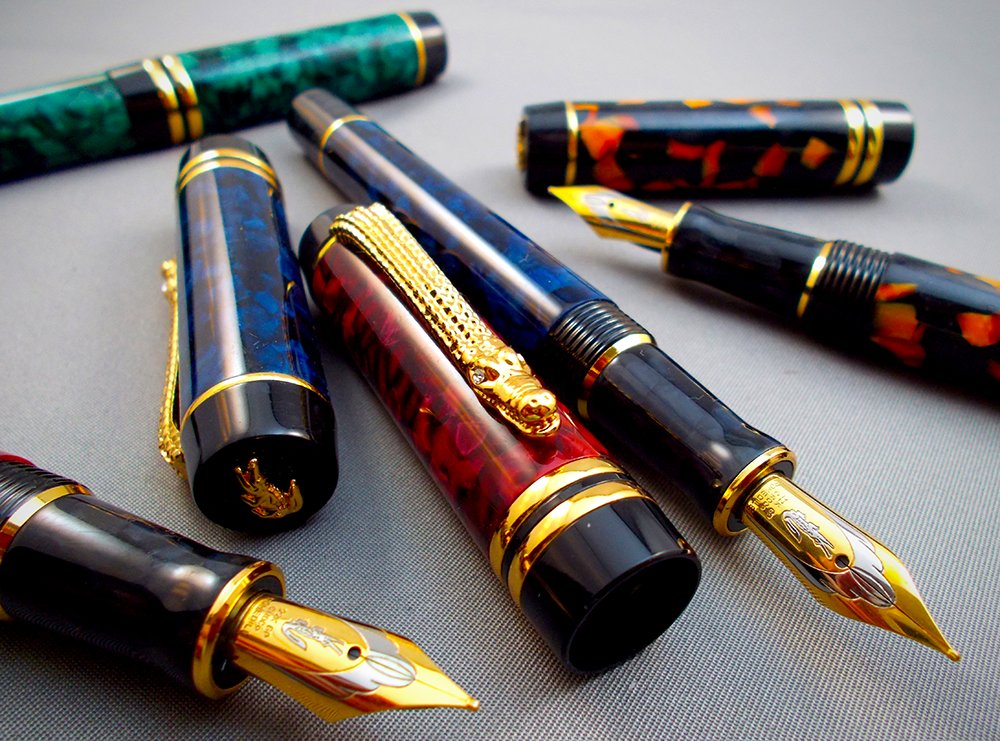
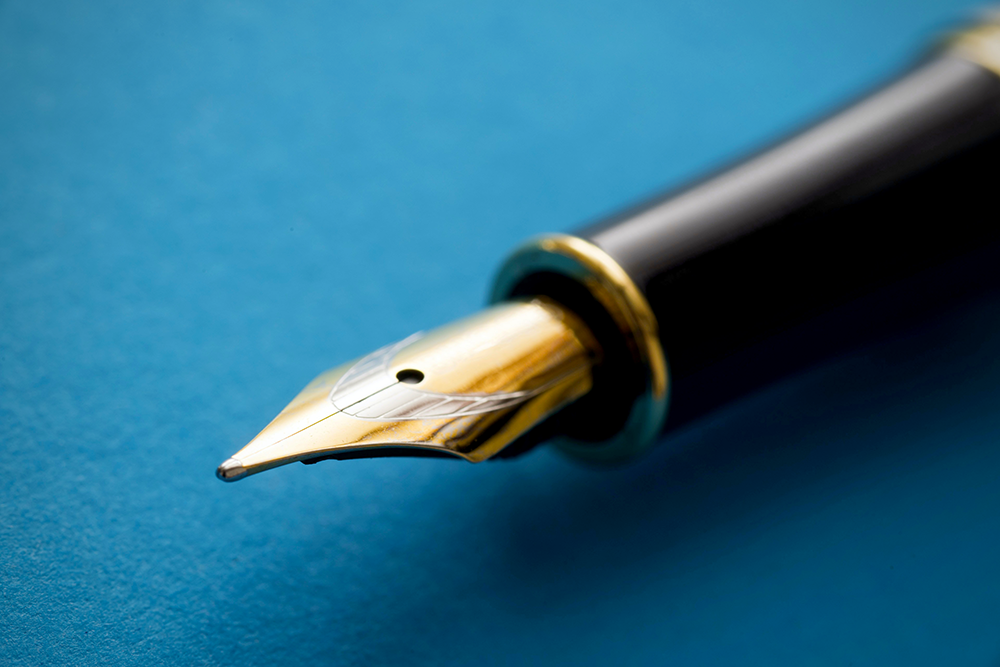
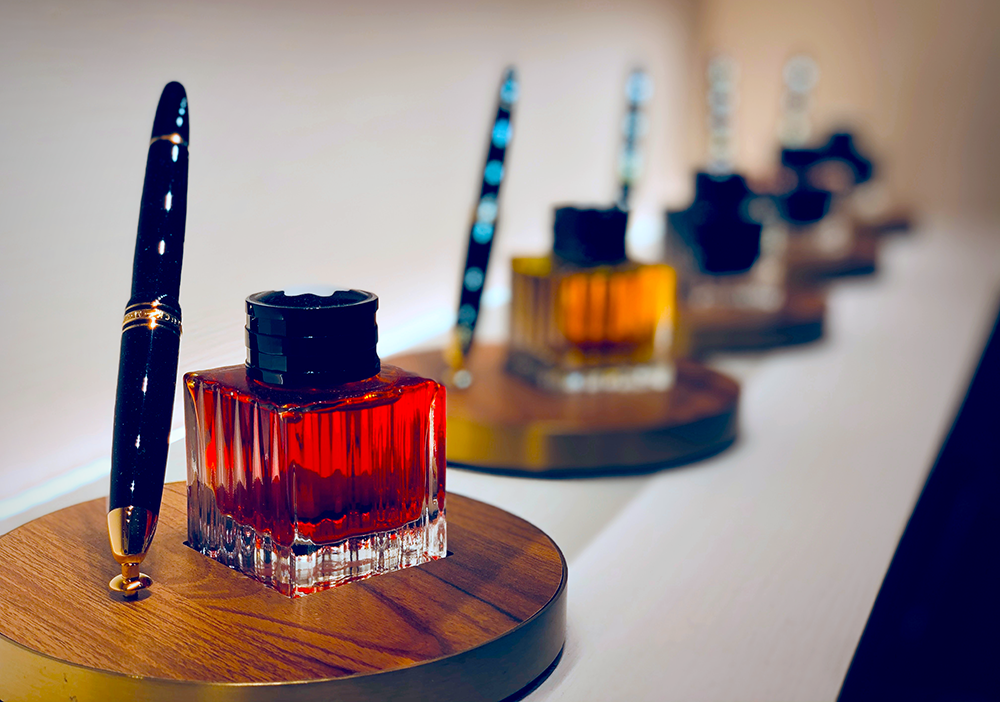
The Personal Touch of Fountain Pen Writing
Fountain pen writing can add a personal touch to letters and notes, offering a unique writing experience that is difficult to replicate with other writing instruments.
The smooth flow of ink and the variety of nib sizes allows for customization depending on handwriting style, resulting in a more personal touch to written communication.
In contrast, the uniformity of ballpoint or gel pen writing can feel impersonal and lacking in character.
Furthermore, the ritualistic aspect of fountain pen usage, from filling the pen with ink to cleaning and maintenance, can add a sense of intentionality and mindfulness to the writing process.
This adds to the personal connection one may feel towards their fountain pen, making it more than just a writing tool but rather a cherished possession.
However, in a fast-paced world, the time and effort required to use a fountain pen are often seen as impractical.
As such, utilizing a fountain pen for personal writing may remain a niche choice, reserved for those who appreciate the time and care put into handwritten communication.
Despite this, the personal touch of a fountain pen remains an appealing aspect that sets it apart from other writing instruments.
Nostalgia Factor: Pens in the Modern Age
For some, fountain pens evoke a sense of nostalgia and a connection to the past.
However, this sentimentality is not enough to sustain widespread use of fountain pens in an age where efficiency and practicality are paramount.
Additionally, the rise of digital communication has diminished the need for handwritten letters and notes.
Despite this, fountain pens continue to hold a certain allure, appealing to those who appreciate traditional craftsmanship and a slower pace of life.
Moreover, the timeless design of fountain pens can make them a desirable collector's item, with vintage or limited-edition models fetching high prices among enthusiasts.
This blend of nostalgia and collector status adds to the appeal of fountain pens, contributing to their continued presence in the modern age.
As society embraces technology and moves towards digital communication, the unique charm of fountain pens may become increasingly sought after as a way to disconnect from our fast-paced world.

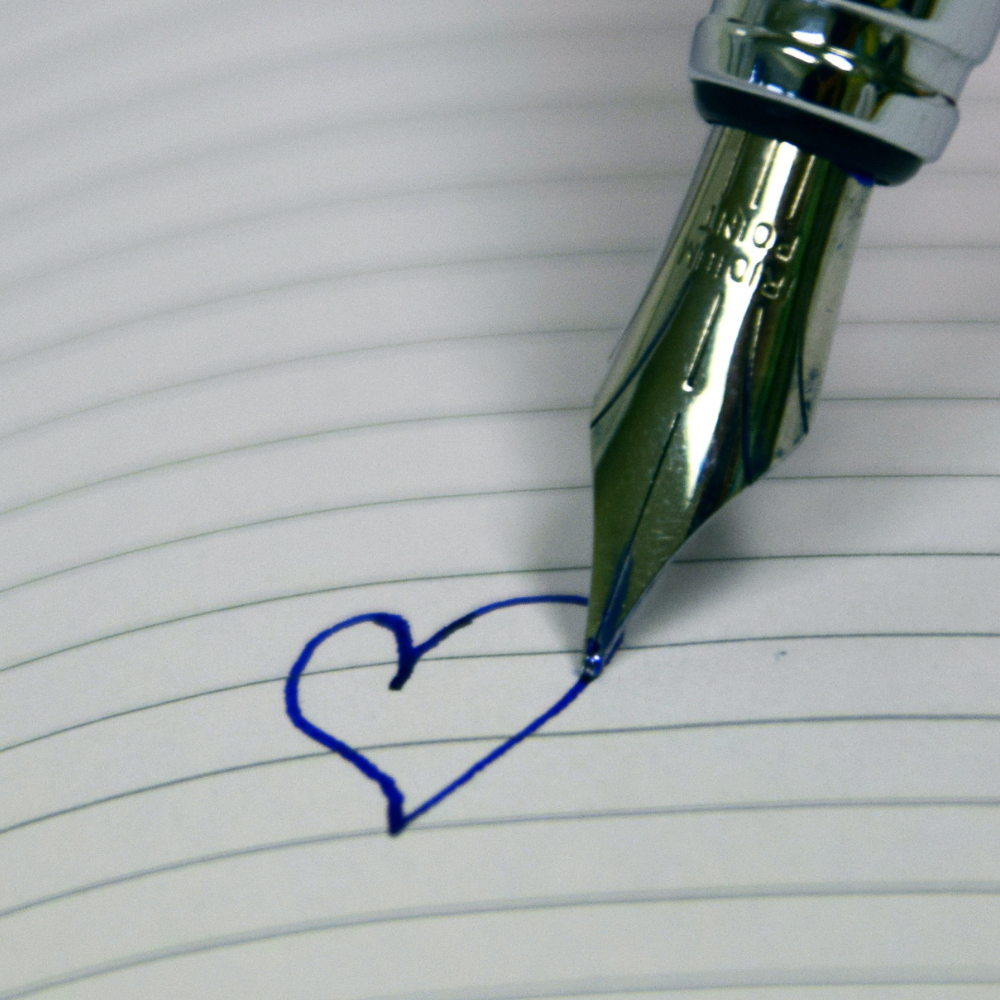
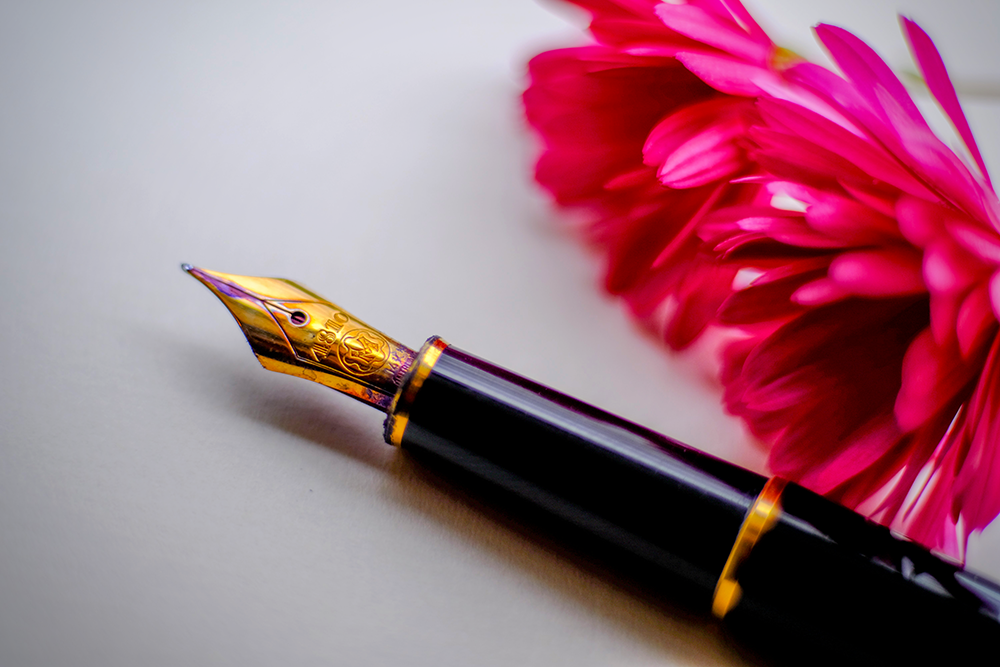
The Fountain Pen Community: A Niche Market
Despite the decline in mainstream use, there is a vibrant fountain pen community that continues to thrive.
Enthusiasts enjoy the unique writing experience that fountain pens provide, often collecting different inks, nibs, and pens, such as the Lamy Safari or Pilot Vanishing Point.
This community also offers a sense of camaraderie and shared passion for all things fountain pen related.
From online forums to local meet-ups, the fountain pen community provides an outlet for individuals who appreciate the artistry and craftsmanship of these writing tools.
Additionally, many fountain pen manufacturers have adapted to this niche market, offering limited edition designs and collaborating with artists to create unique and coveted pieces.
This further solidifies the status of fountain pens as not just a writing tool, but also a collector's item for those invested in the hobby.
Fountain Pens' Future: Resurgence or Decline?
The future of fountain pens is uncertain.
While there may be a resurgence of interest due to their eco-friendly nature and the unique writing experience they offer, it is likely that fountain pens will remain a niche product, appreciated by a small but dedicated group of enthusiasts.
However, the enduring legacy of fountain pens cannot be denied.
They have stood the test of time and continue to hold a place in the hearts of those who appreciate their craftsmanship and elegance.
Whether as a collector's item or a tool for mindful writing, fountain pens will undoubtedly continue to make their mark in our society, both now and in the future.
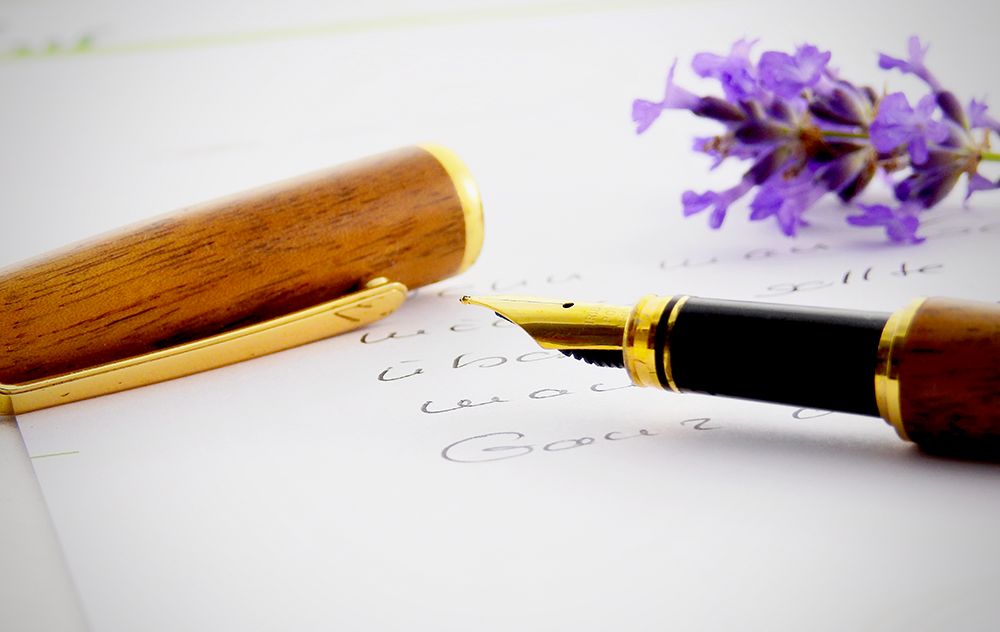
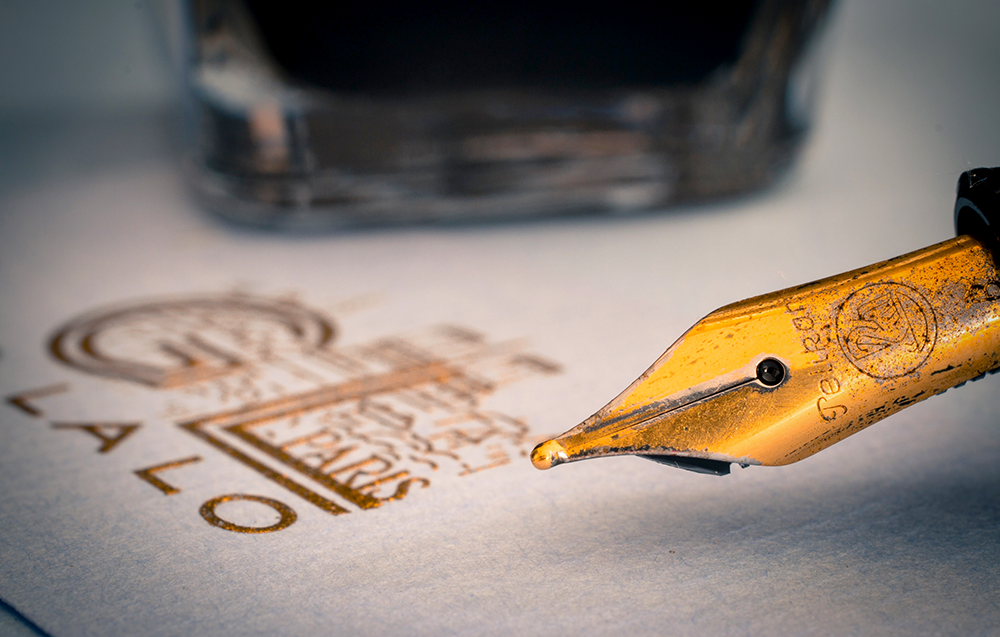
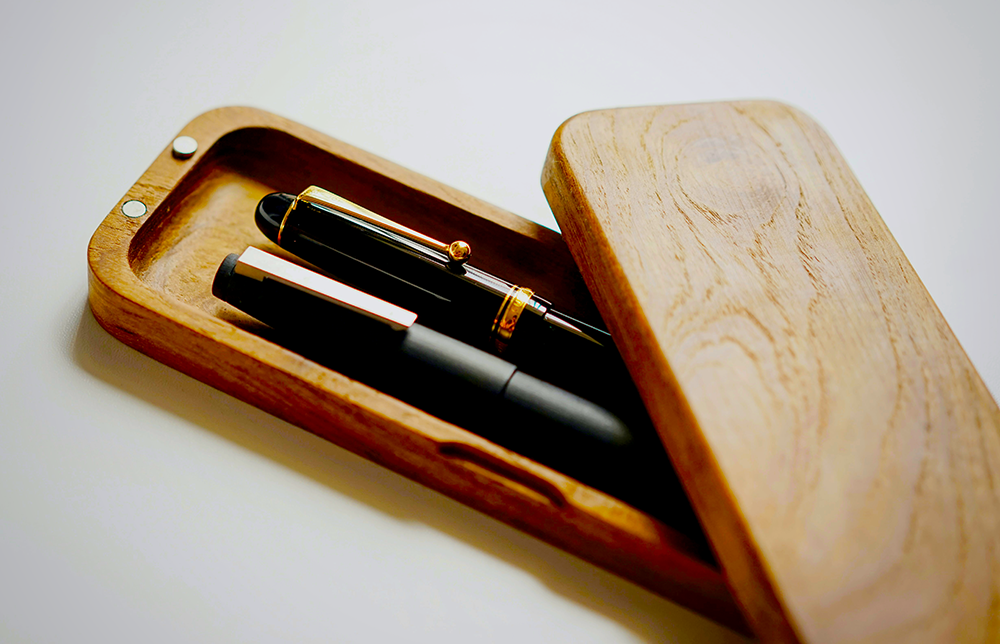
Eco-Friendly, Timeless Appeal of Fountain Pens
Fountain pens have experienced a decline in usage due to a combination of factors, including the convenience and affordability of ballpoint and gel pens, the evolution of writing habits, and the impact of digital technology.
While fountain pens may have lost popularity in recent years, their eco-friendly nature, durability, and unique writing experience make them a sustainable and meaningful choice for those who appreciate them.
Despite there being a dedicated fountain pen community that values the unique writing experience these pens provide, the practicalities of modern life have led to a preference for more convenient writing instruments.
From reducing waste to supporting responsible manufacturing practices, fountain pens offer numerous benefits that align with the growing demand for environmentally conscious products.
Moreover, the personal touch and nostalgia associated with fountain pen usage add to their appeal among individuals seeking a more intentional and mindful writing experience.
The future of fountain pens may see a resurgence in interest, but it is likely that they will continue to be used by a select group of enthusiasts rather than the general public.
Fountain pens are a hidden gem in the art world that more people should give a chance.
While there are myths surrounding the use of fountain pens, like they are too expensive or inconvenient, the benefits of using one for your art far outweigh the drawbacks.
The unique feel of a fountain pen, its flexibility in line width, and ability to be environmentally friendly make it a wise investment for creators of all varieties.
So, go ahead, give fountain pens a chance, and see the magic they can bring to your art!
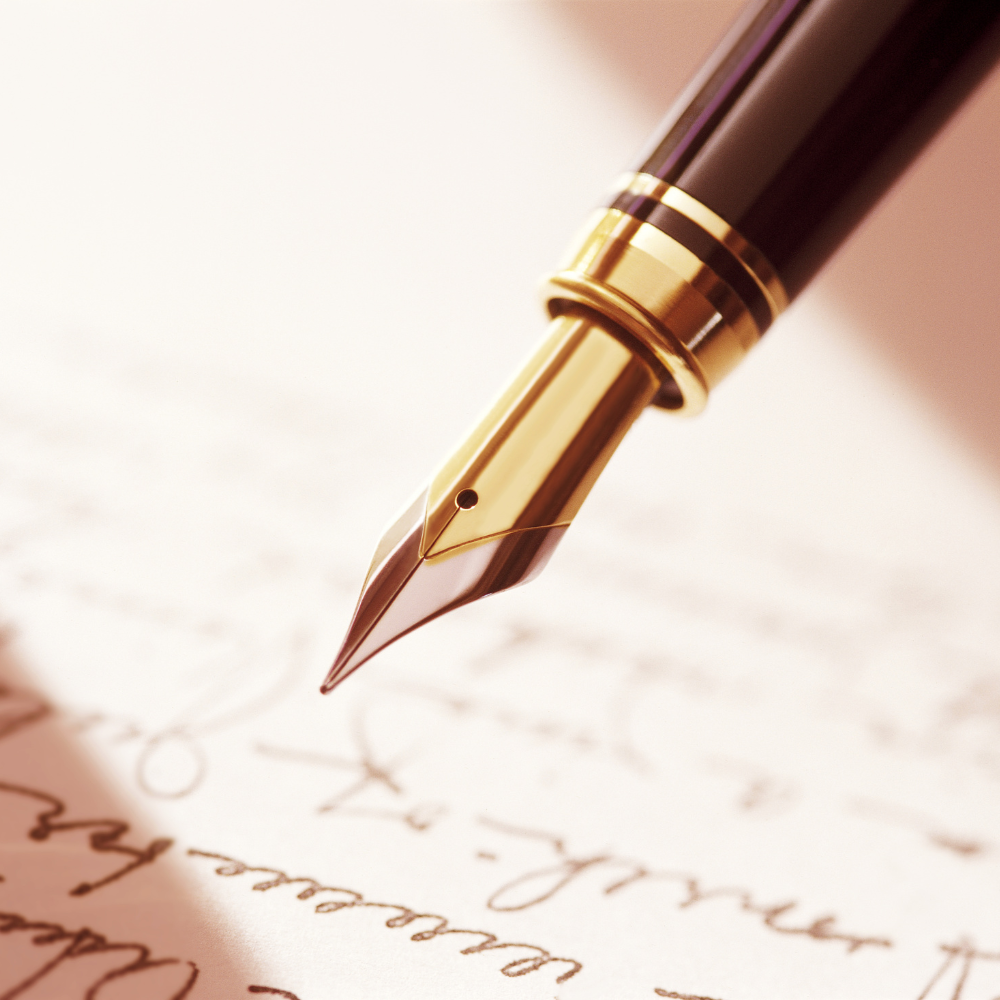
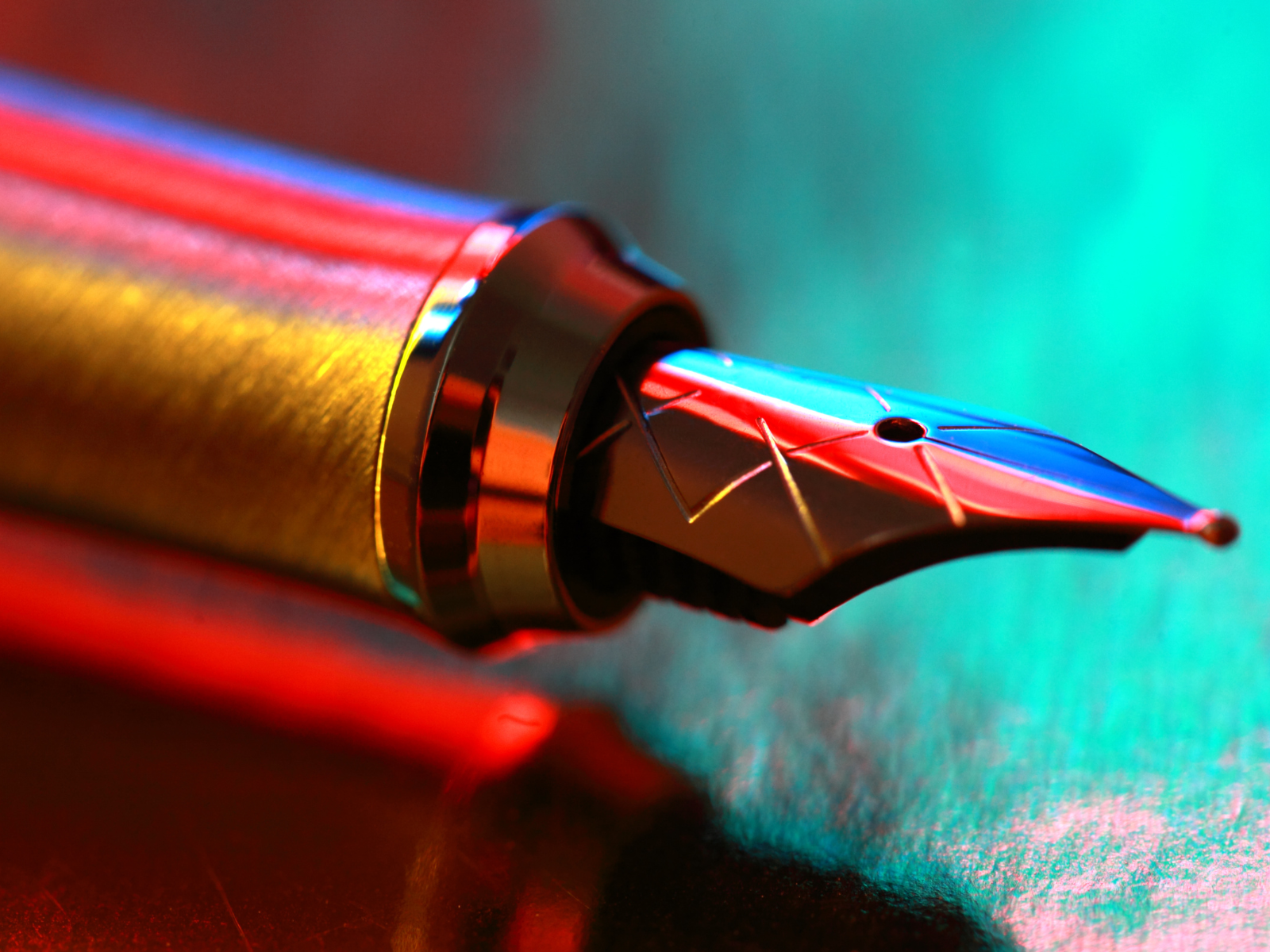

Interested in learning more about fountain pens' popularity? Check out The Goulet Pen Company's video!
Want even more content about creativity and art?
Be sure to check out all of our creative chronicles!
Eager to learn more about drawing with pens?
Check out some of our other articles:
-What is better than a fountain pen?
-What is the disadvantage of fountain pens?
-Why is my handwriting better with a fountain pen?

